During the early years of the 1900s, Midland Beach on Staten Island was a bustling summer destination. It served as a popular escape for New York City residents, especially working-class families seeking relief from the city heat. Located on the eastern shore of Staten Island, it offered sun, sand, and entertainment.
The beach itself was a major attraction. Visitors came to swim in the waters of Lower New York Bay and relax on the wide sandy shore. At this time, the beach was naturally larger than it is today, before later construction projects changed the coastline. A wooden boardwalk ran along the beach, providing a place to stroll and access various attractions.
Central to Midland Beach’s appeal were its large amusement piers. These structures stretched out from the shore over the water. They were packed with activities designed to entertain crowds. Popular amusement rides like carousels, early roller coasters known as scenic railways, and Ferris wheels could be found on these piers. Games of chance and food stands selling snacks were also common sights.
Read more
The atmosphere on the piers and boardwalk was lively. Music often filled the air, perhaps from bandstands or inside dance pavilions where people gathered. Some piers hosted vaudeville shows, which included live comedy, singing, and other performances. Restaurants and beer gardens offered places for visitors to eat, drink, and socialize while enjoying the seaside setting.
Getting to Midland Beach required a bit of travel for most New Yorkers. A common route involved taking the Staten Island Ferry from Manhattan to the St. George Terminal. From there, visitors would board electric trolley cars that ran across the island, with specific lines heading directly to the Midland Beach resort area. Steamboats sometimes offered direct service to the beach’s piers during the peak summer season as well. The trolley system was essential for bringing large crowds to the shore.
Many visitors didn’t just come for the day. Midland Beach developed areas with small summer houses, often called bungalows. Simple tent colonies also sprang up, offering very affordable options for families wanting to spend several weeks or even the entire summer near the water. This created a distinct summer community feeling each year.
Midland Beach operated alongside its neighbor, South Beach, which had its own attractions. During this period, however, Midland Beach was generally seen as the more developed center for amusements and rides. The infrastructure was simpler than in later decades, with more open land surrounding the resort areas. These wooden structures near the sea faced risks, and damages from coastal storms or fires were known to happen.


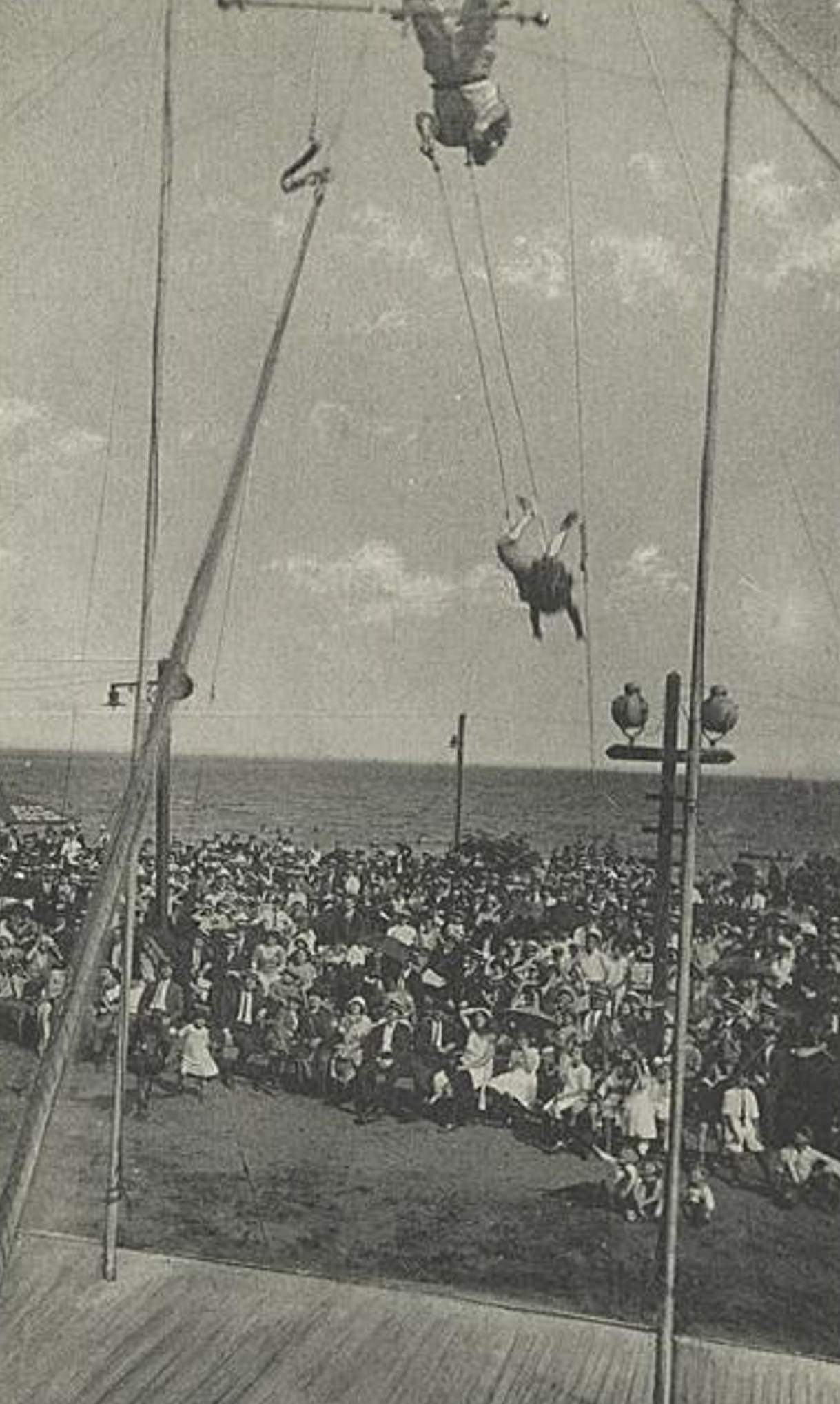


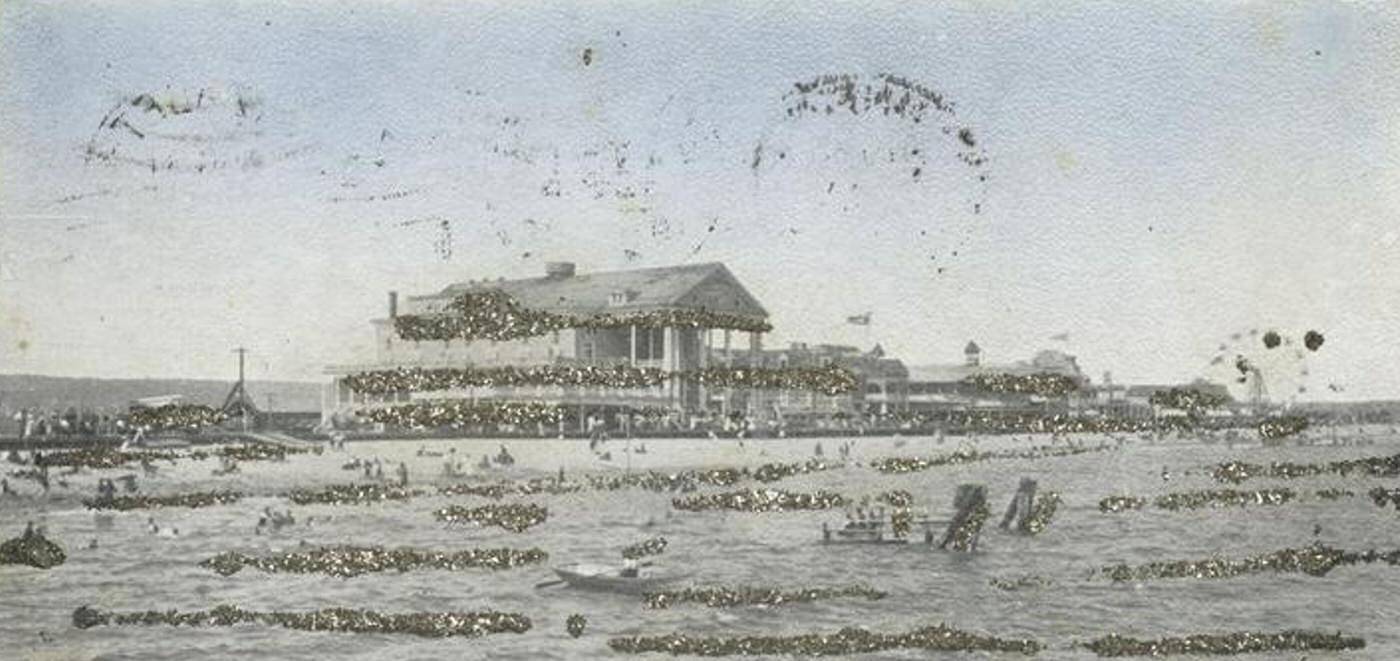
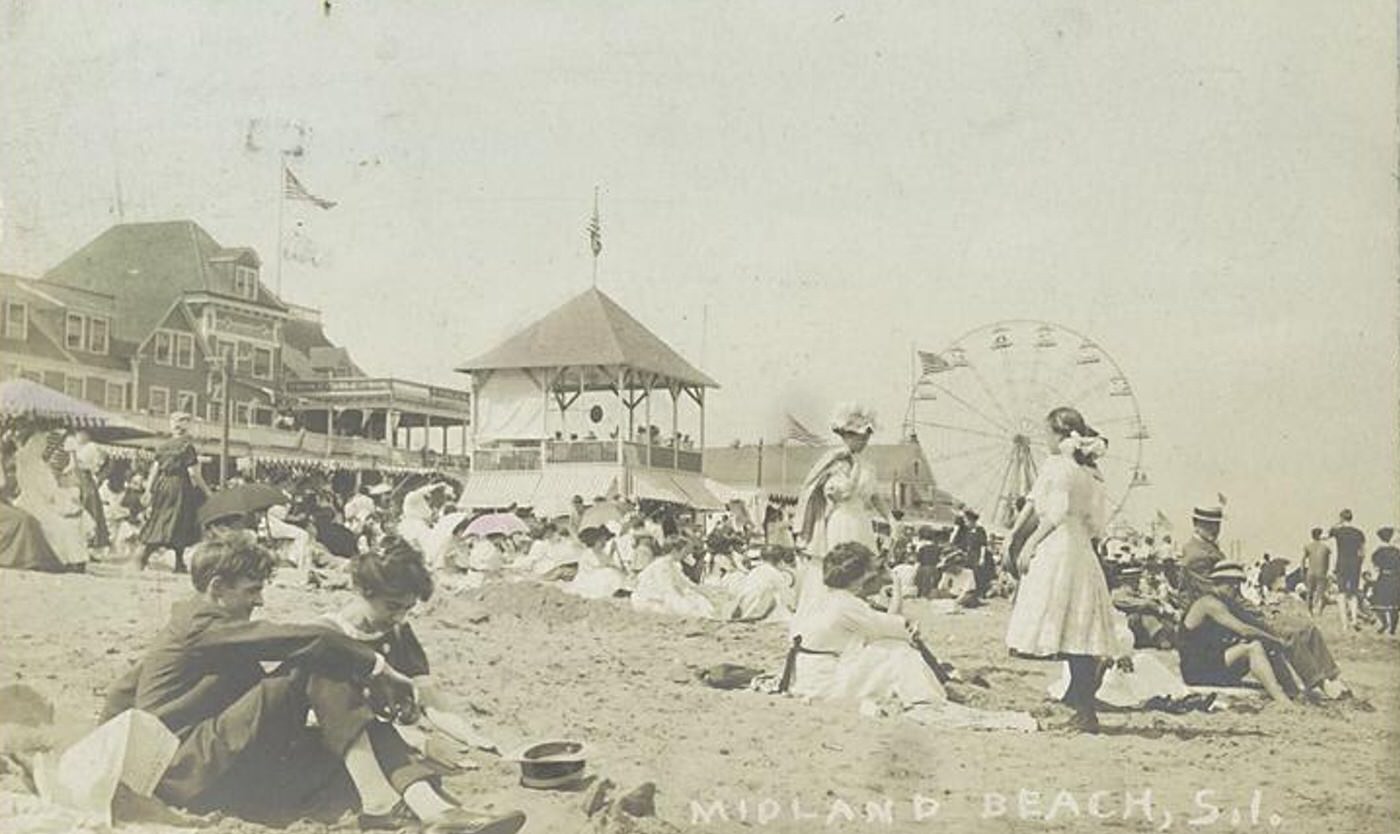
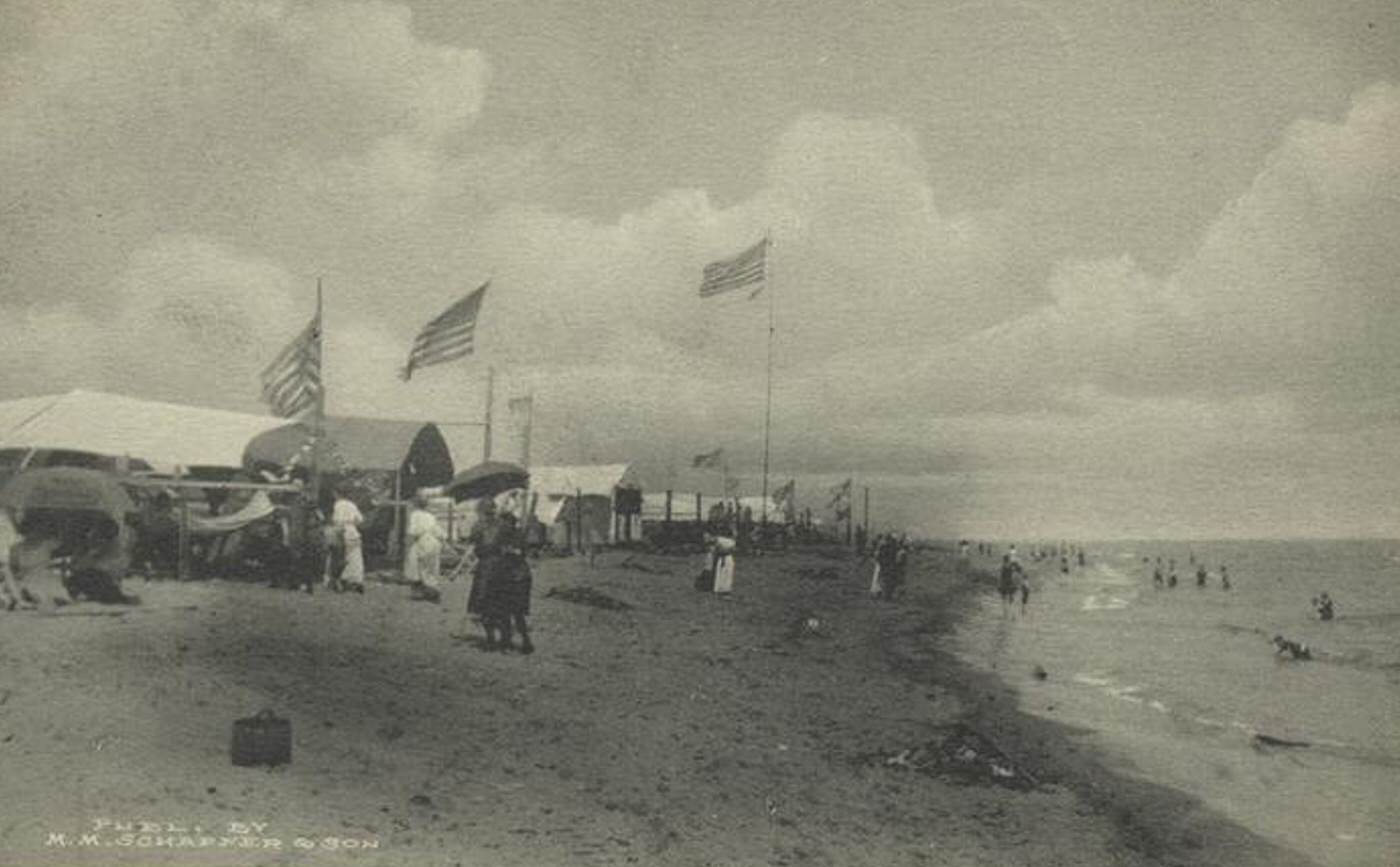

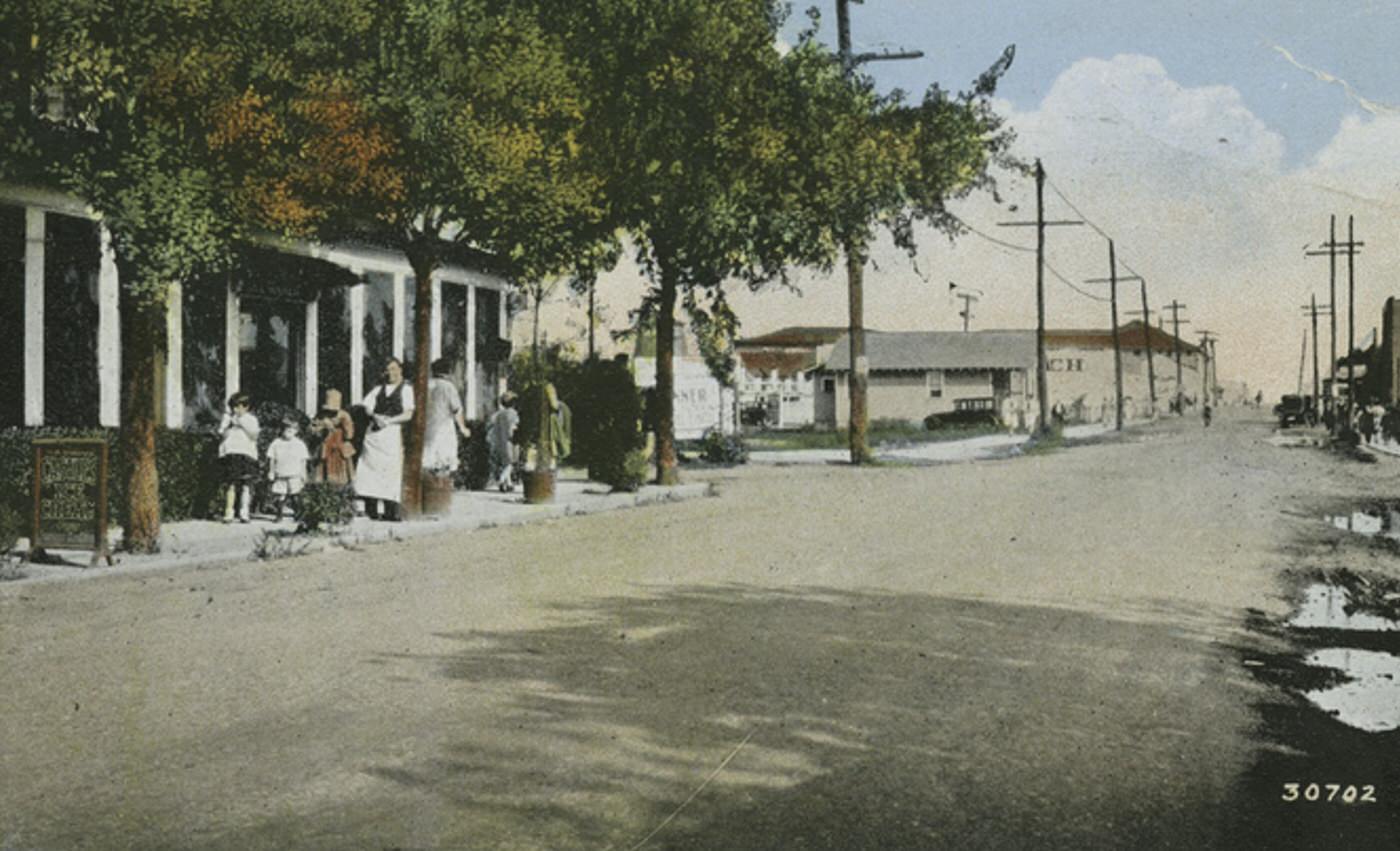

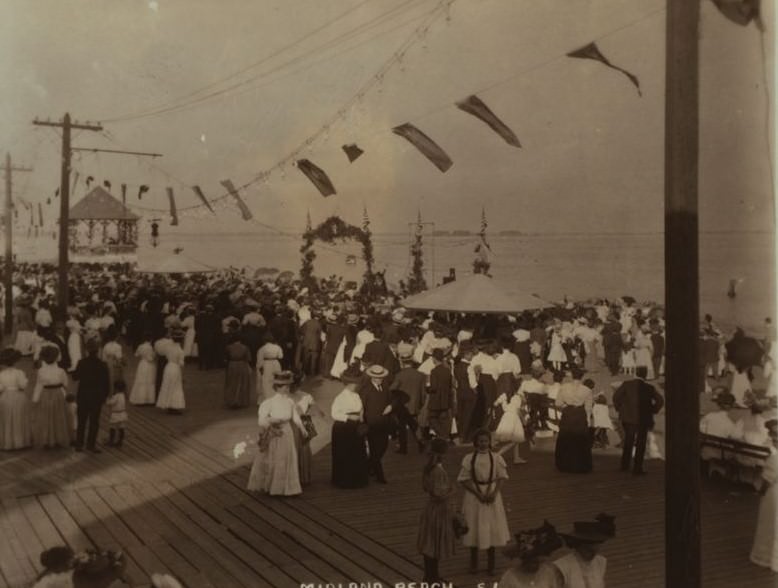

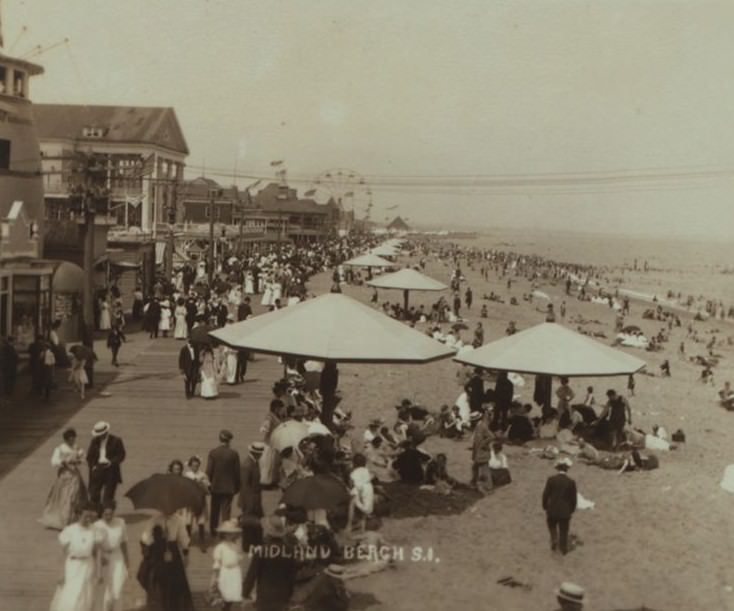
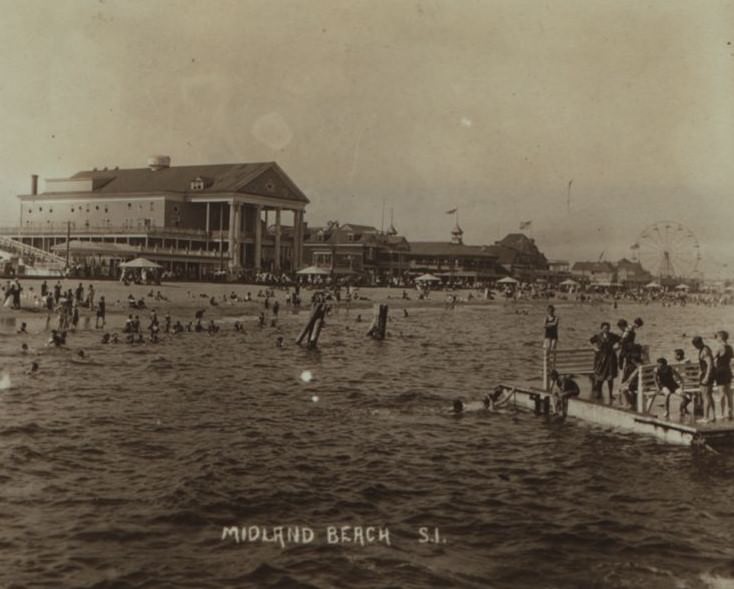










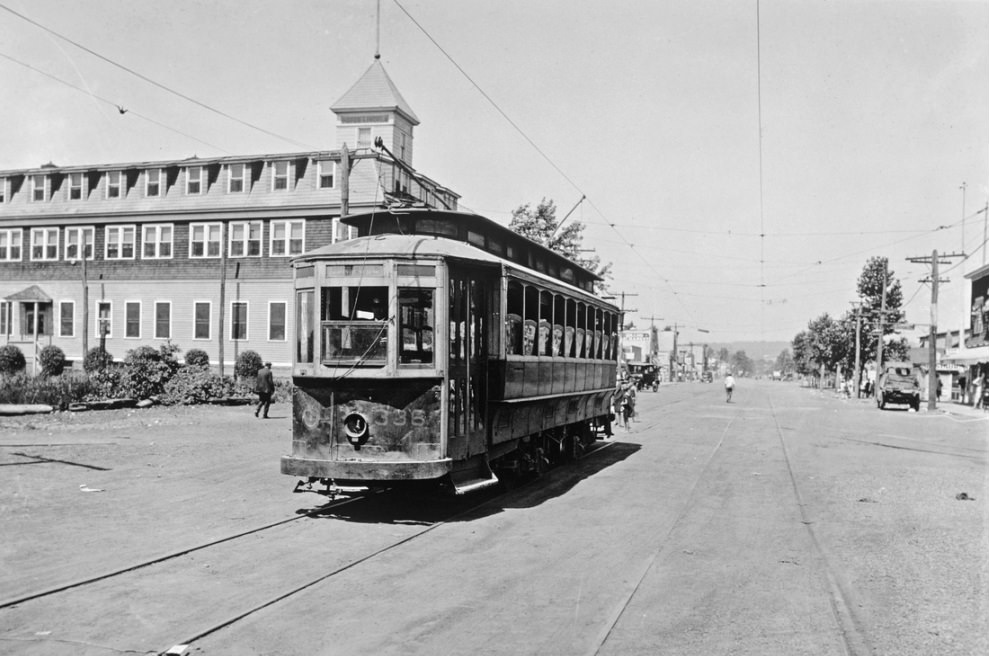



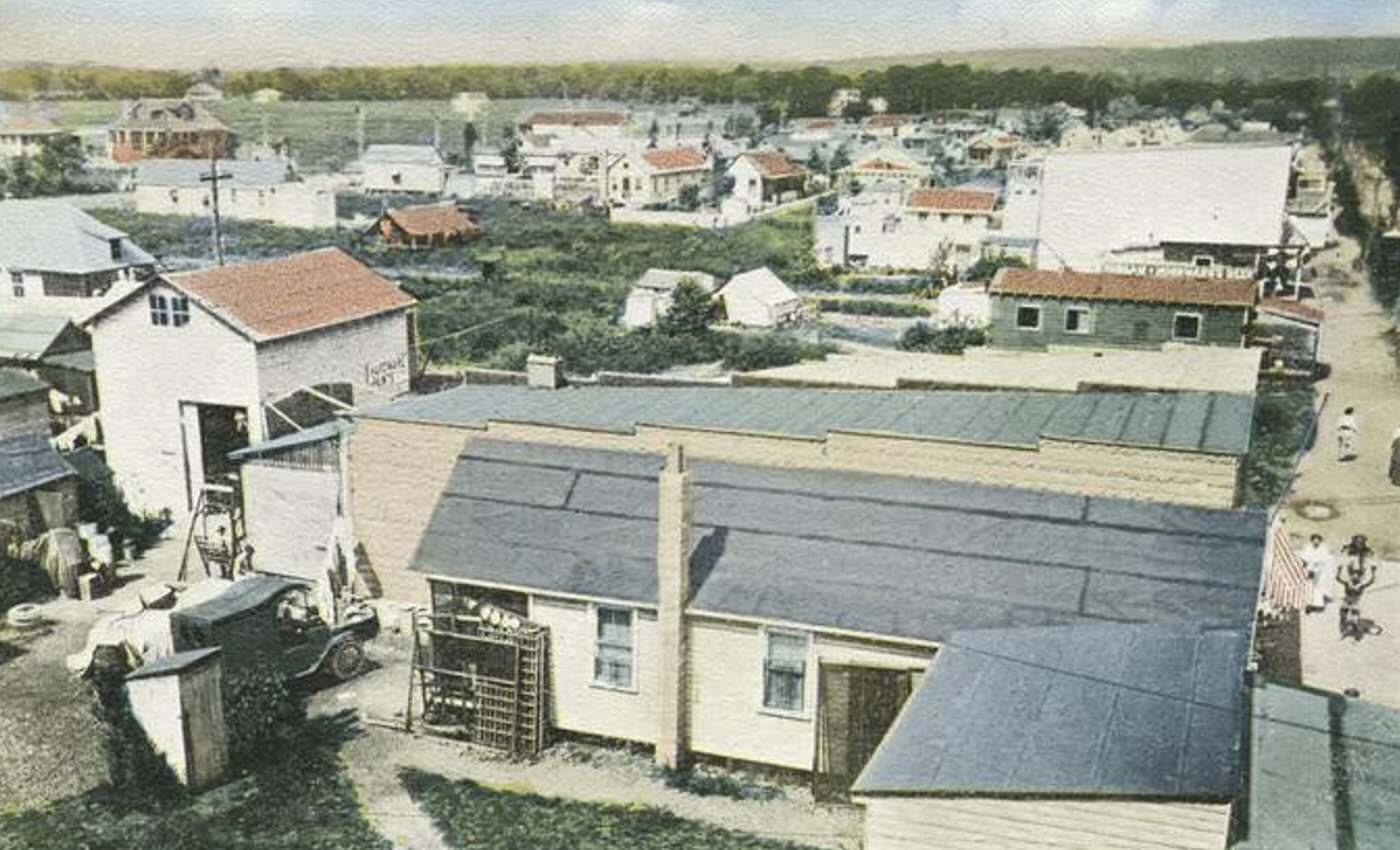
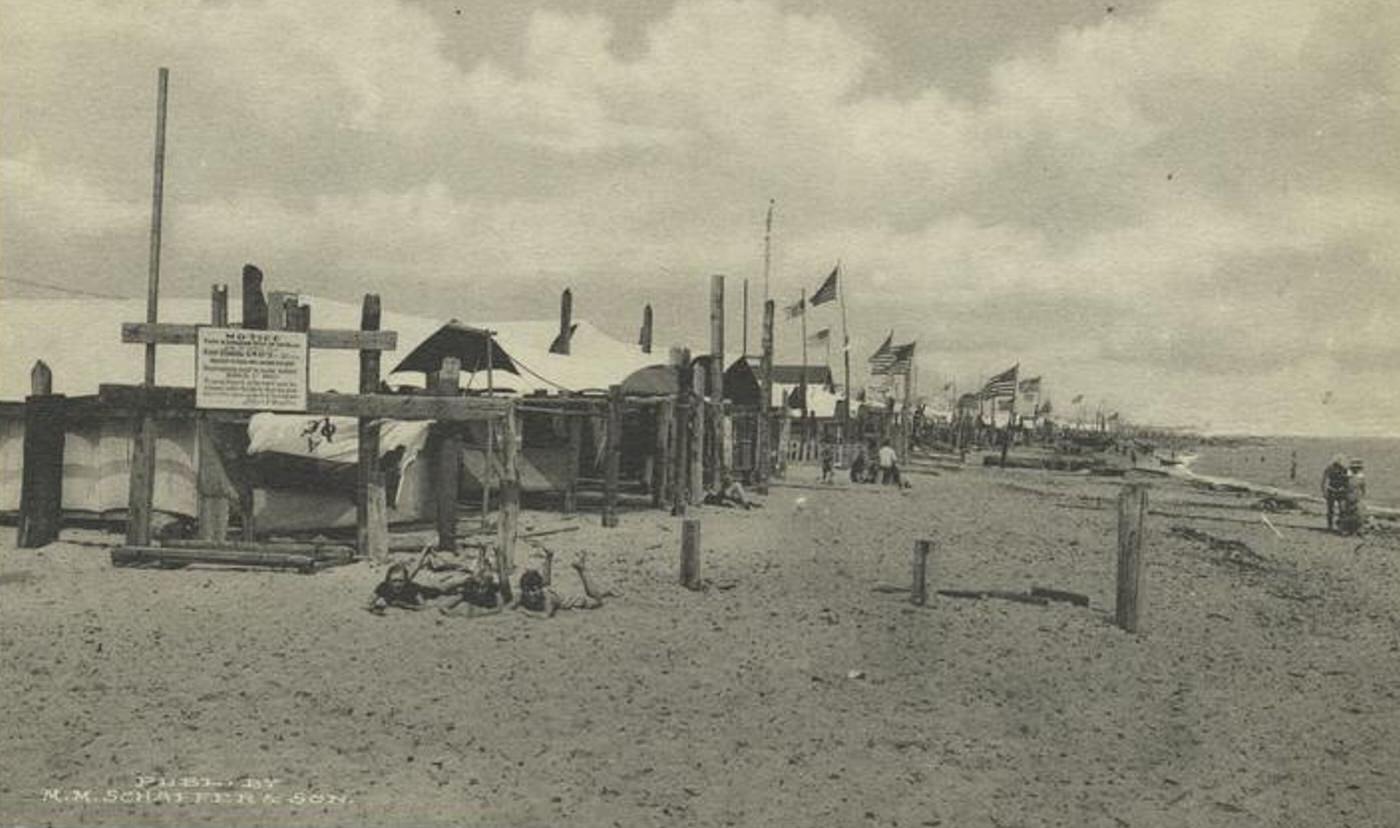
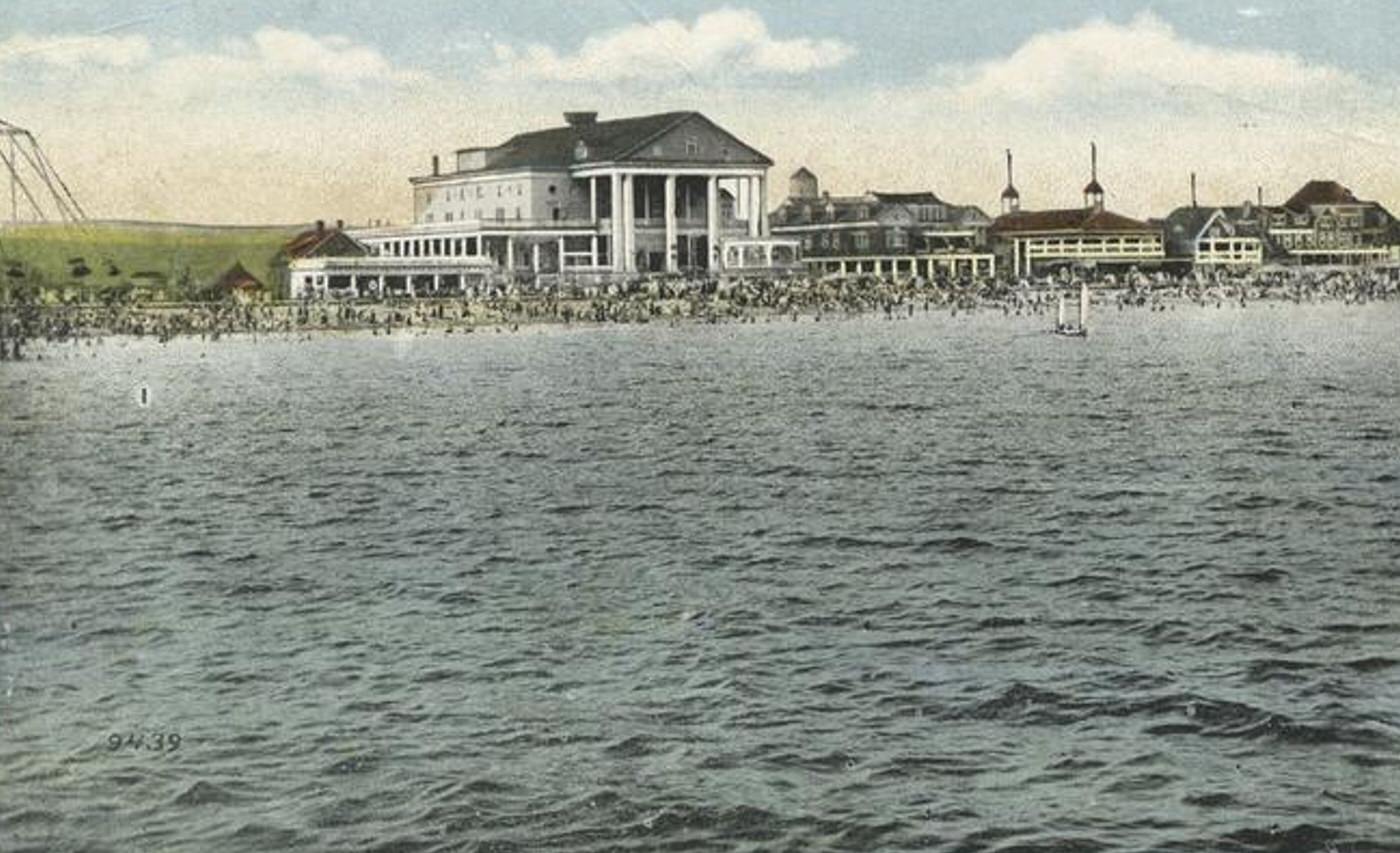
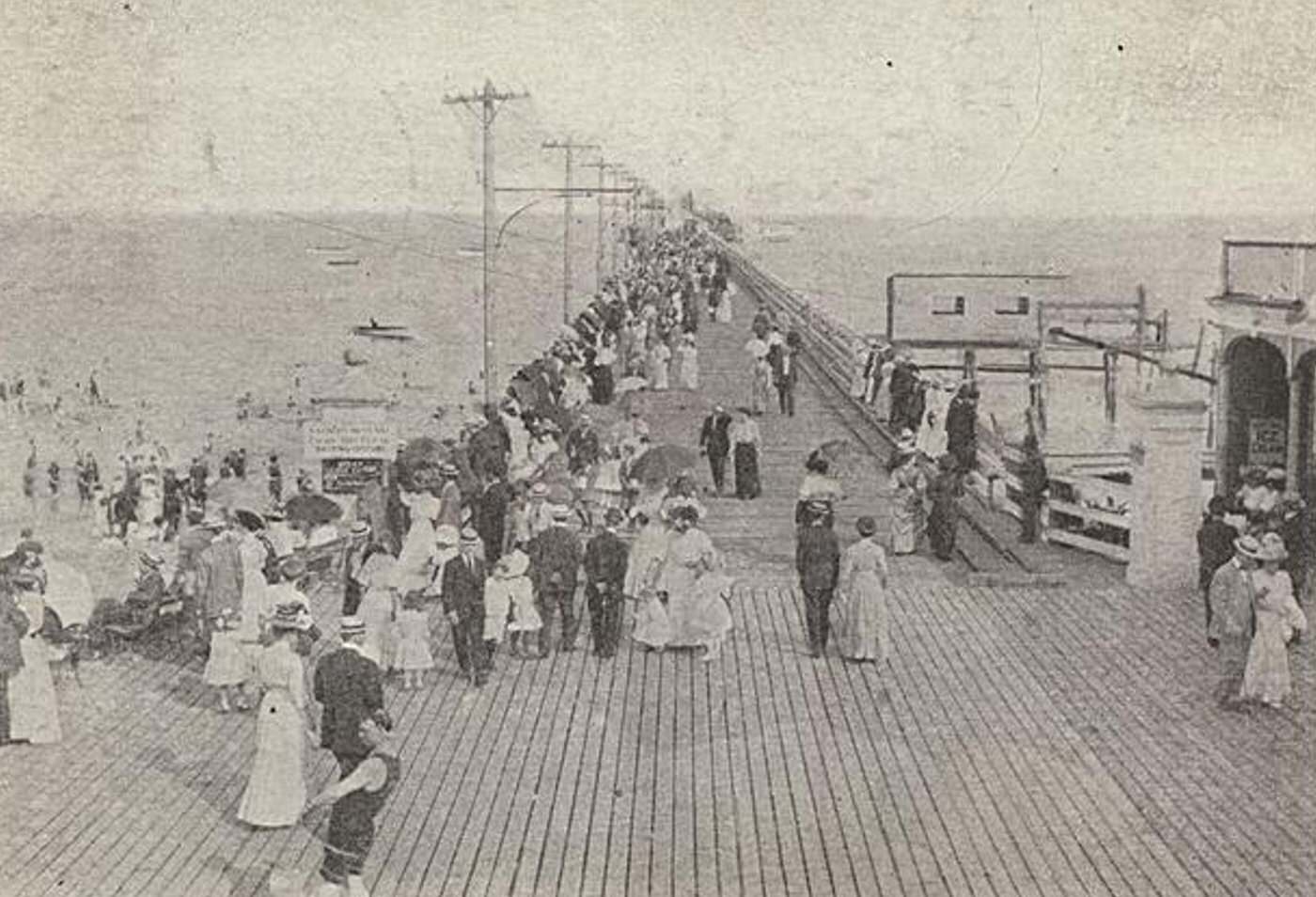
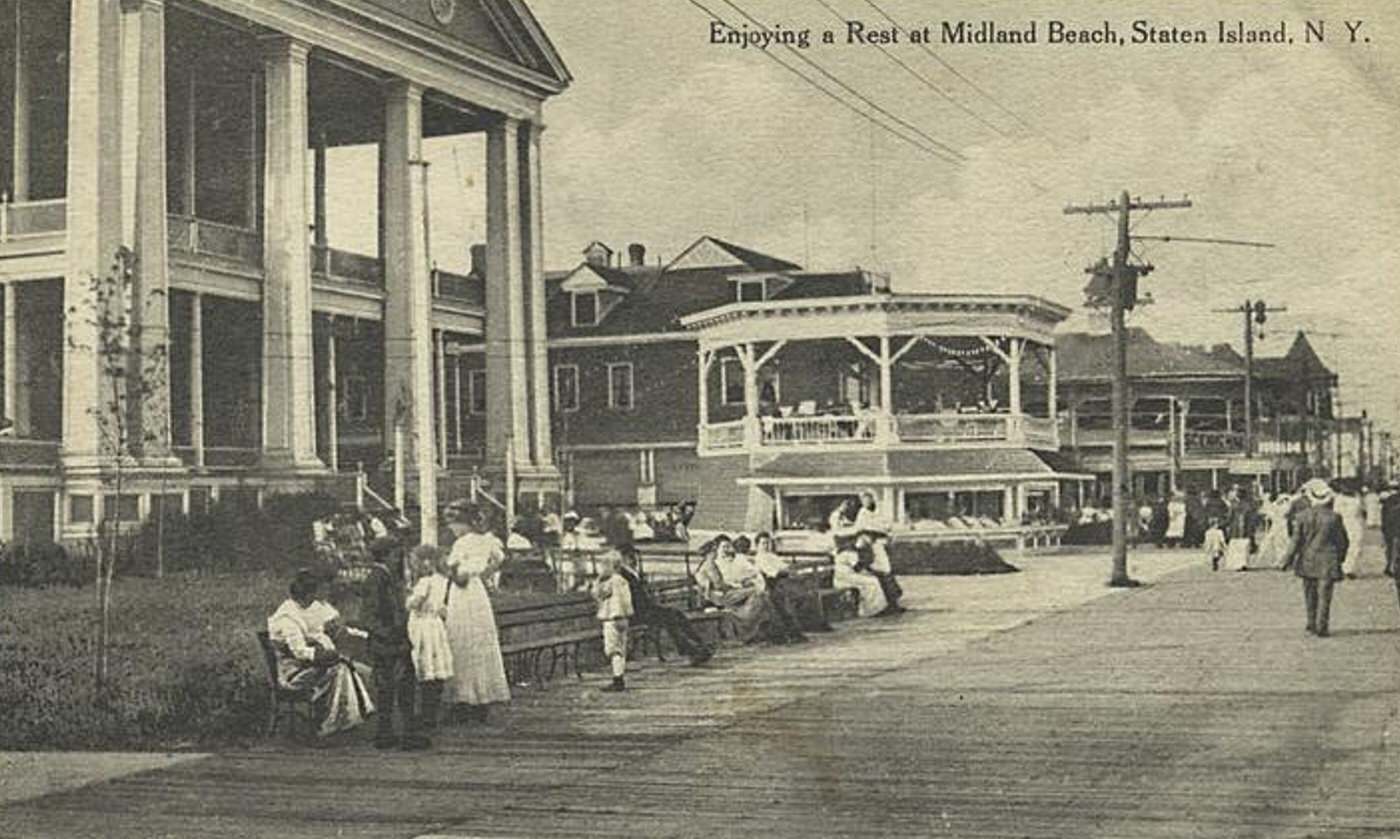
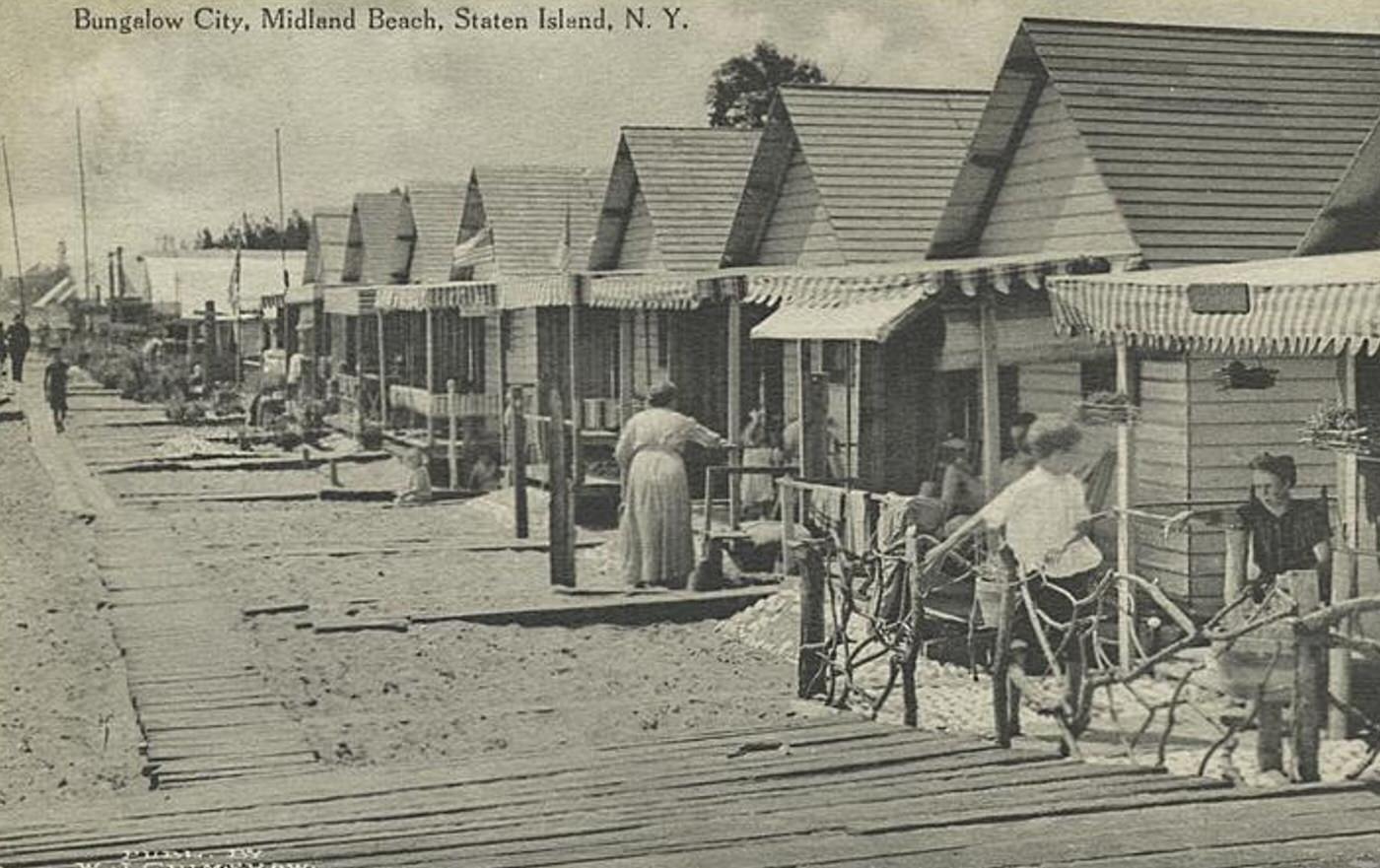
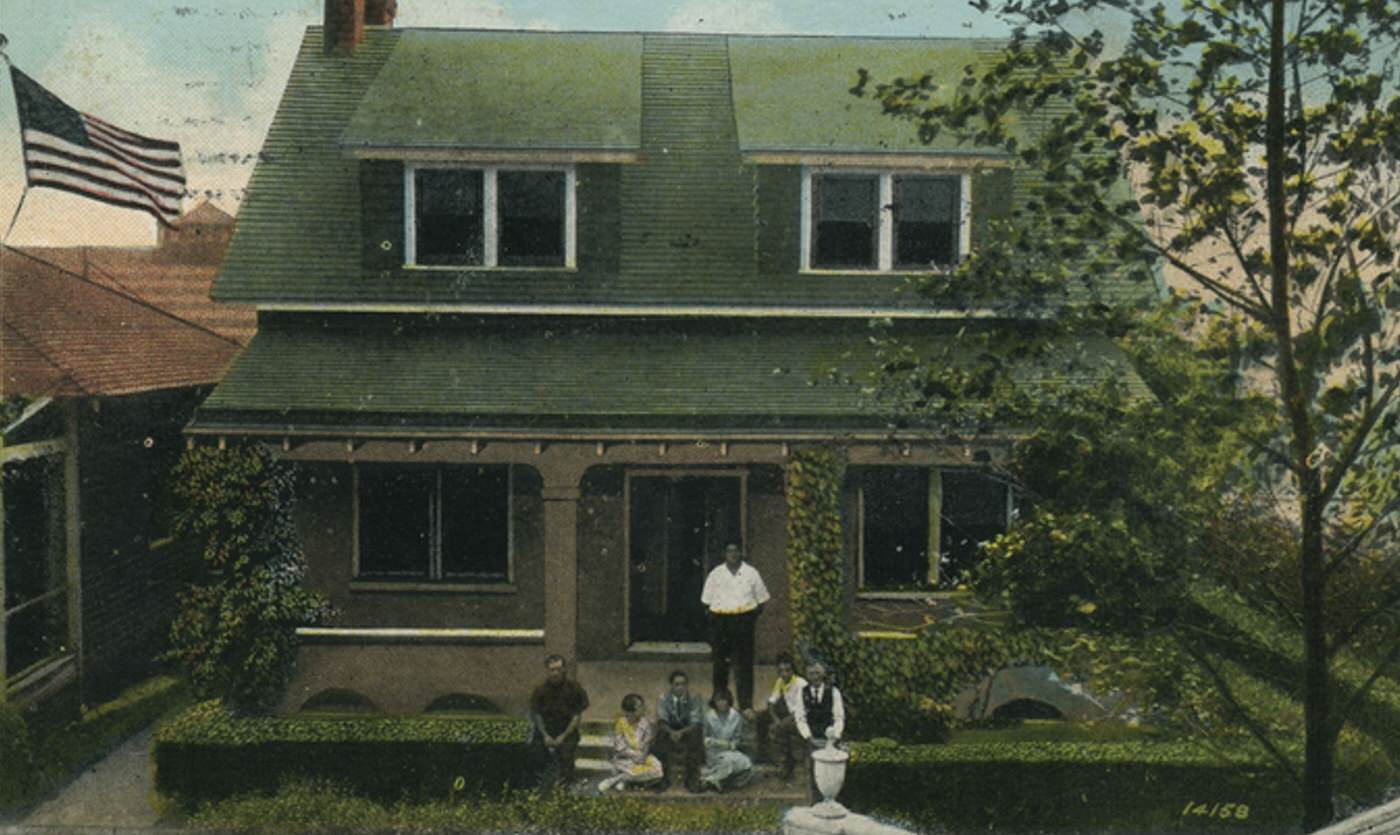
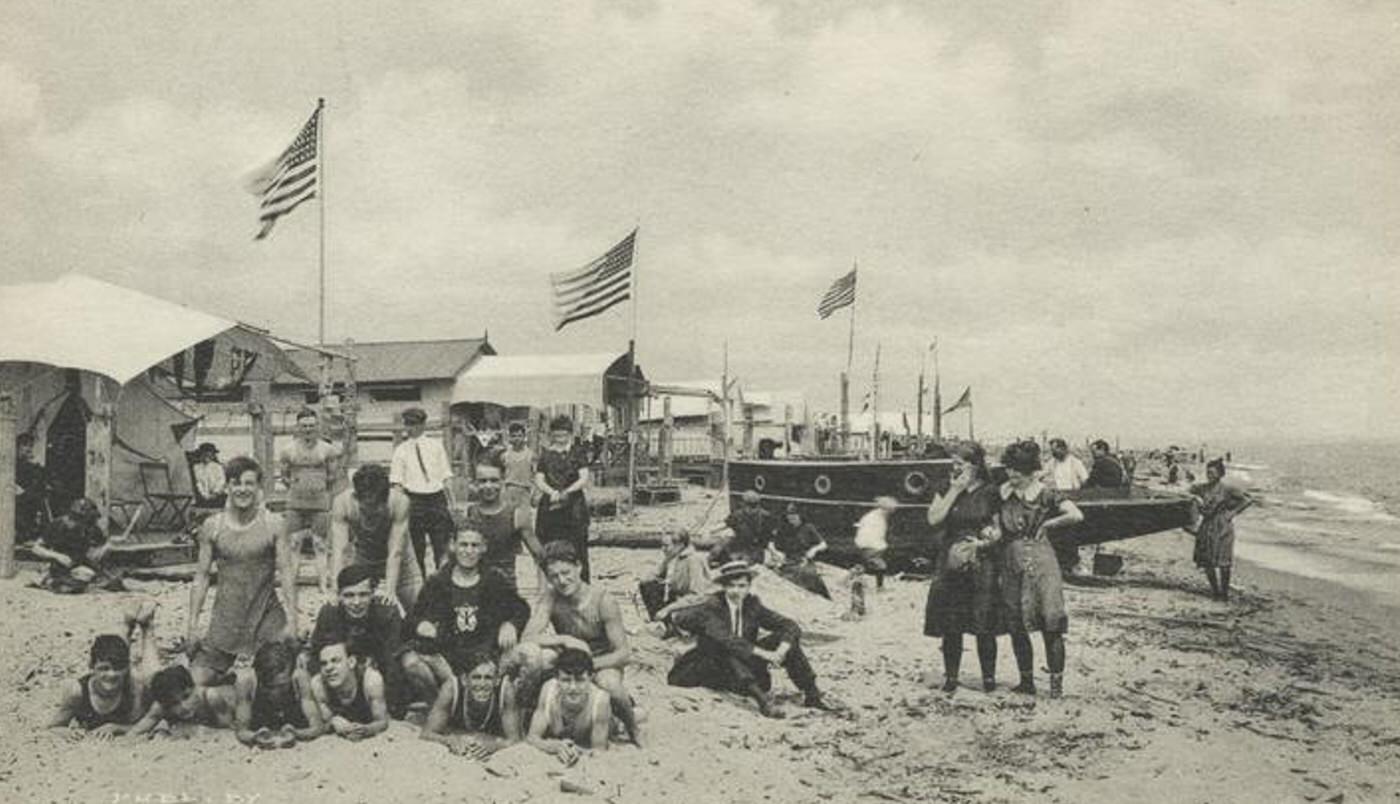
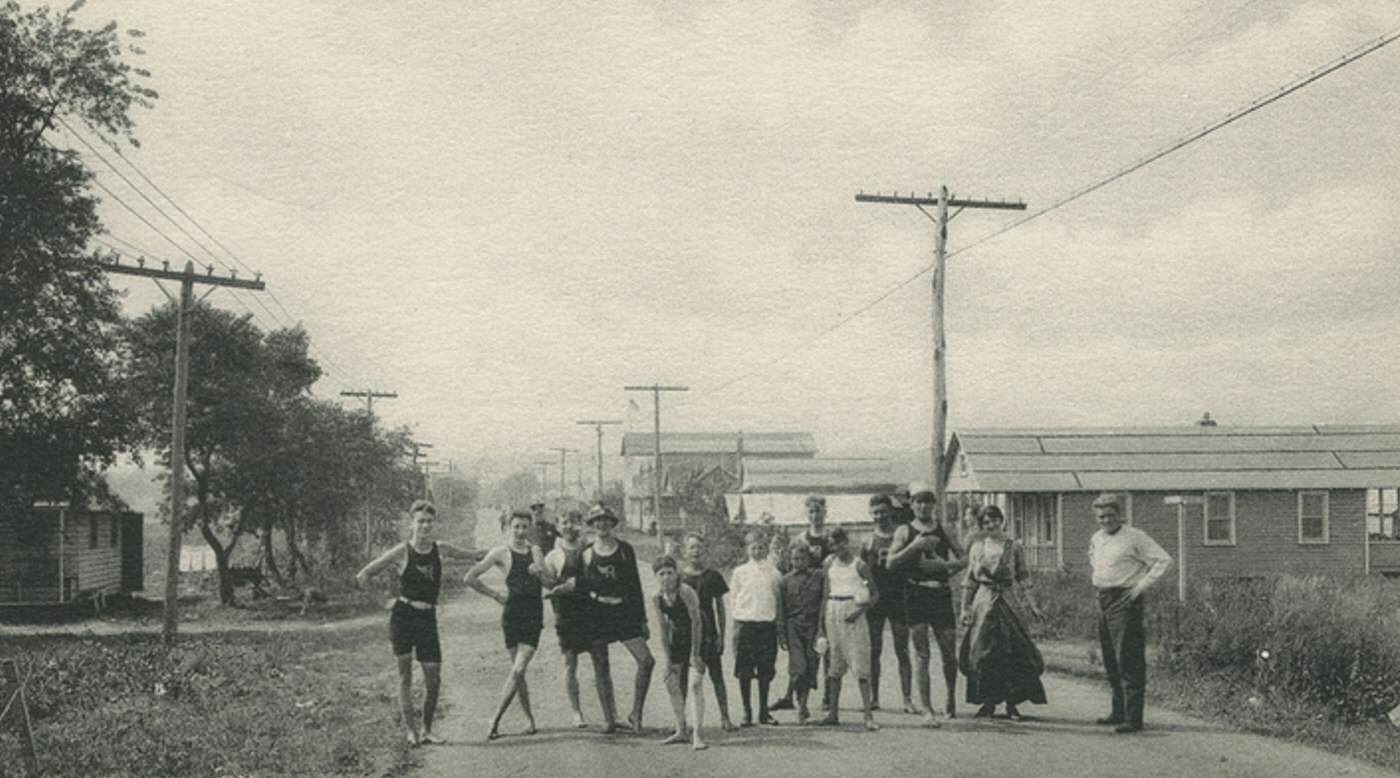

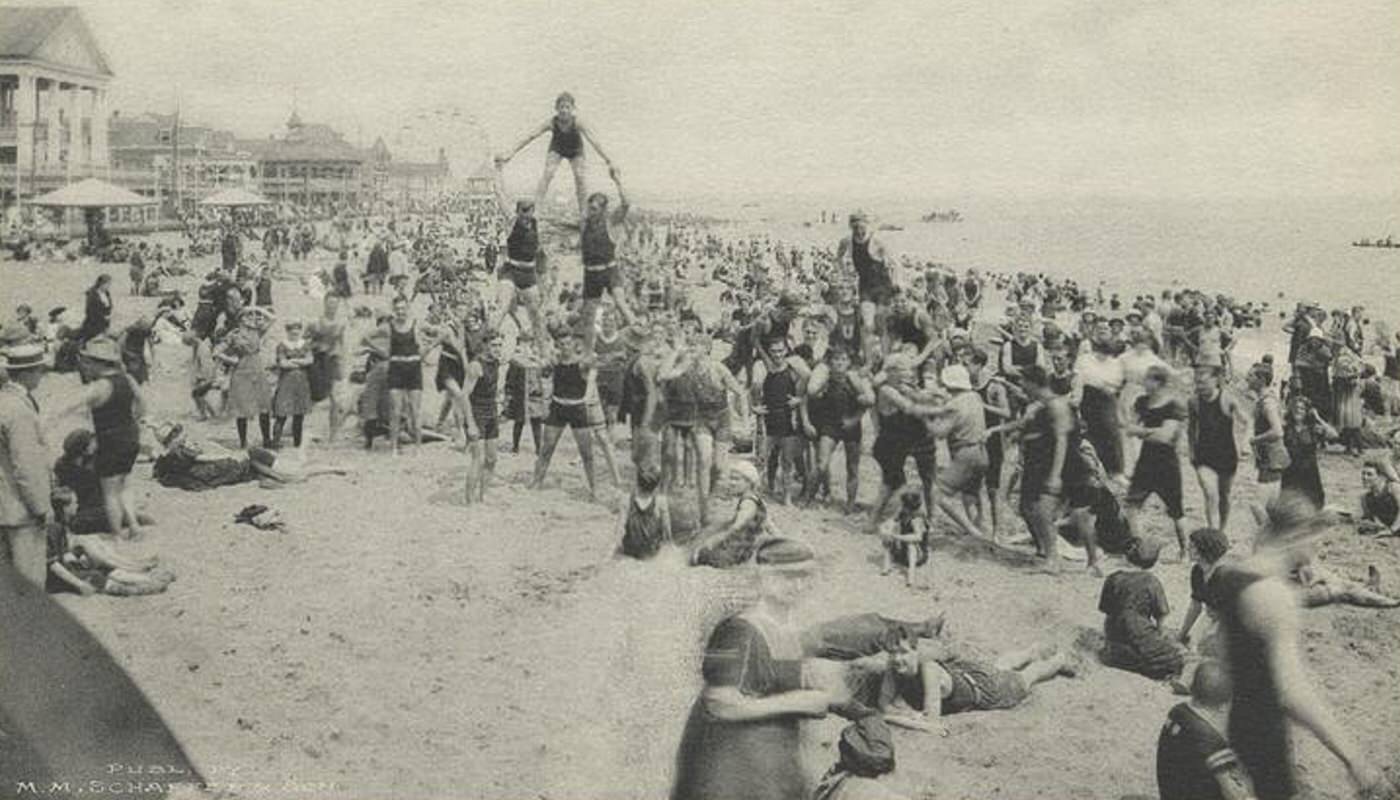



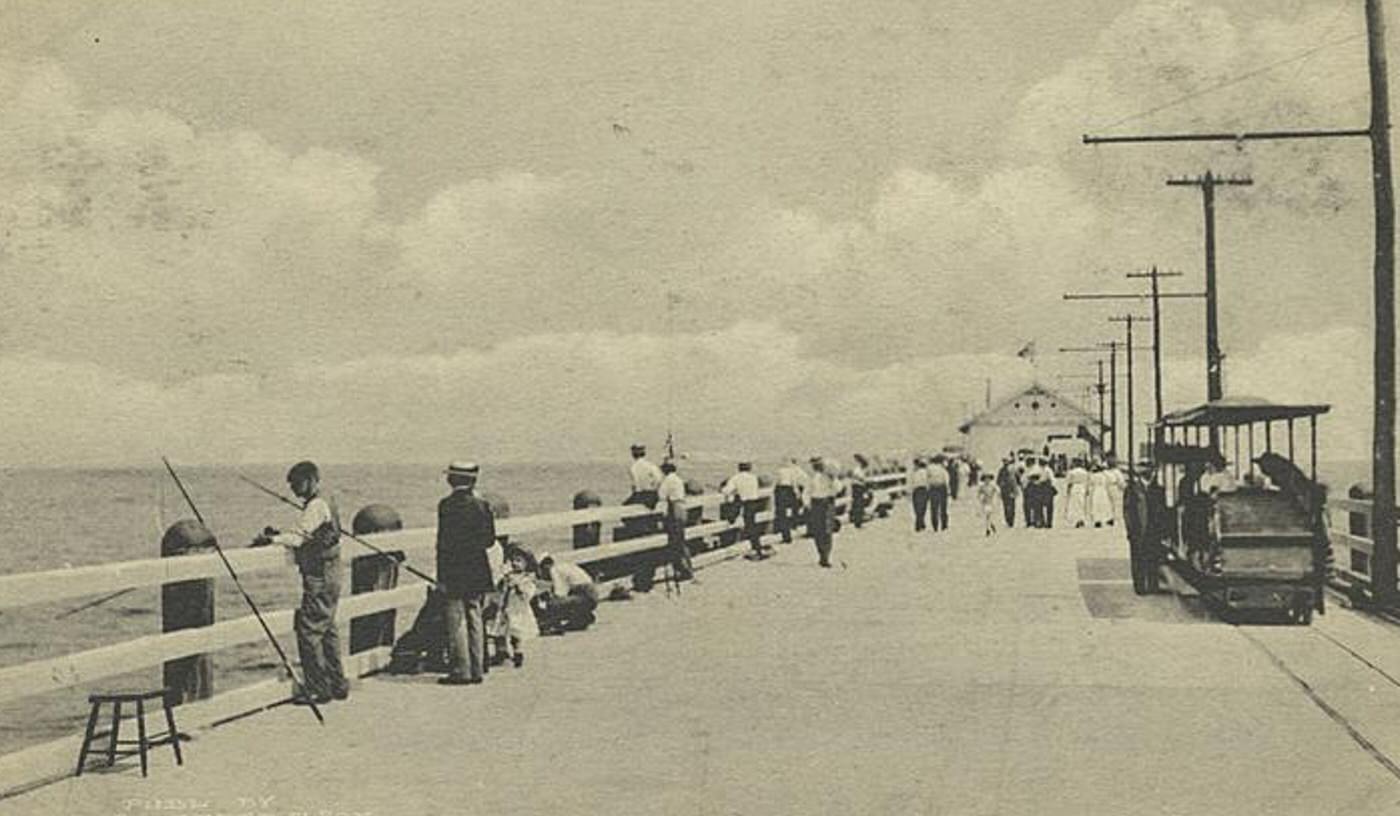
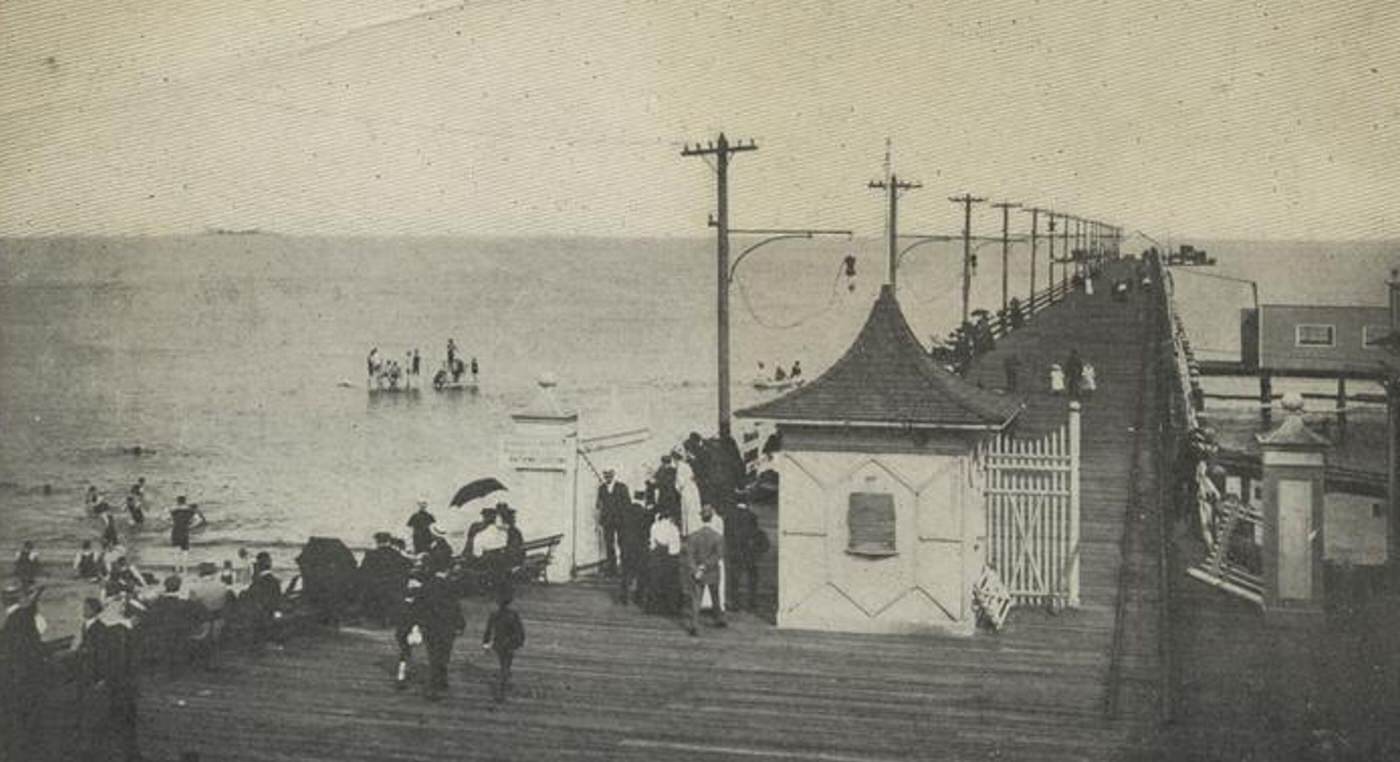
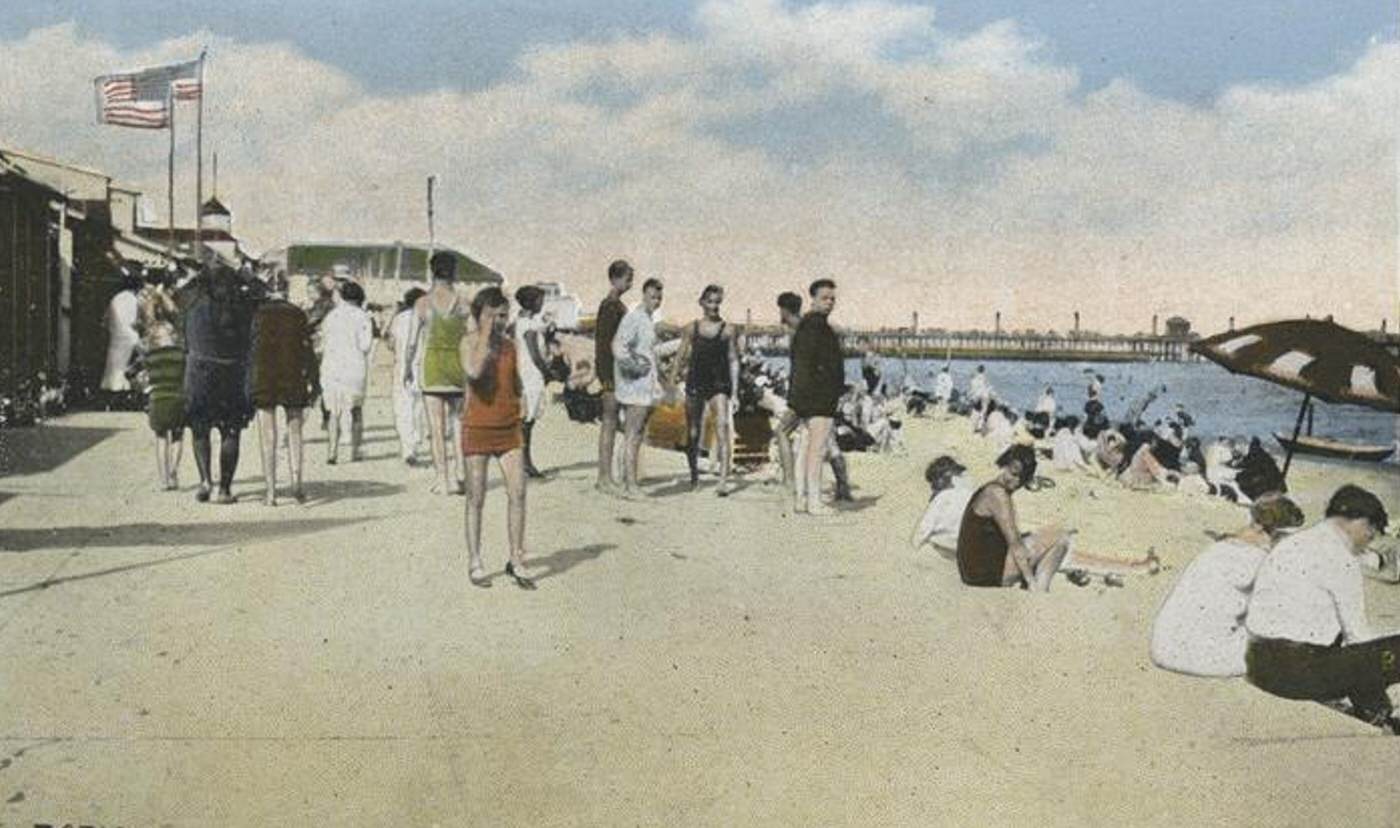
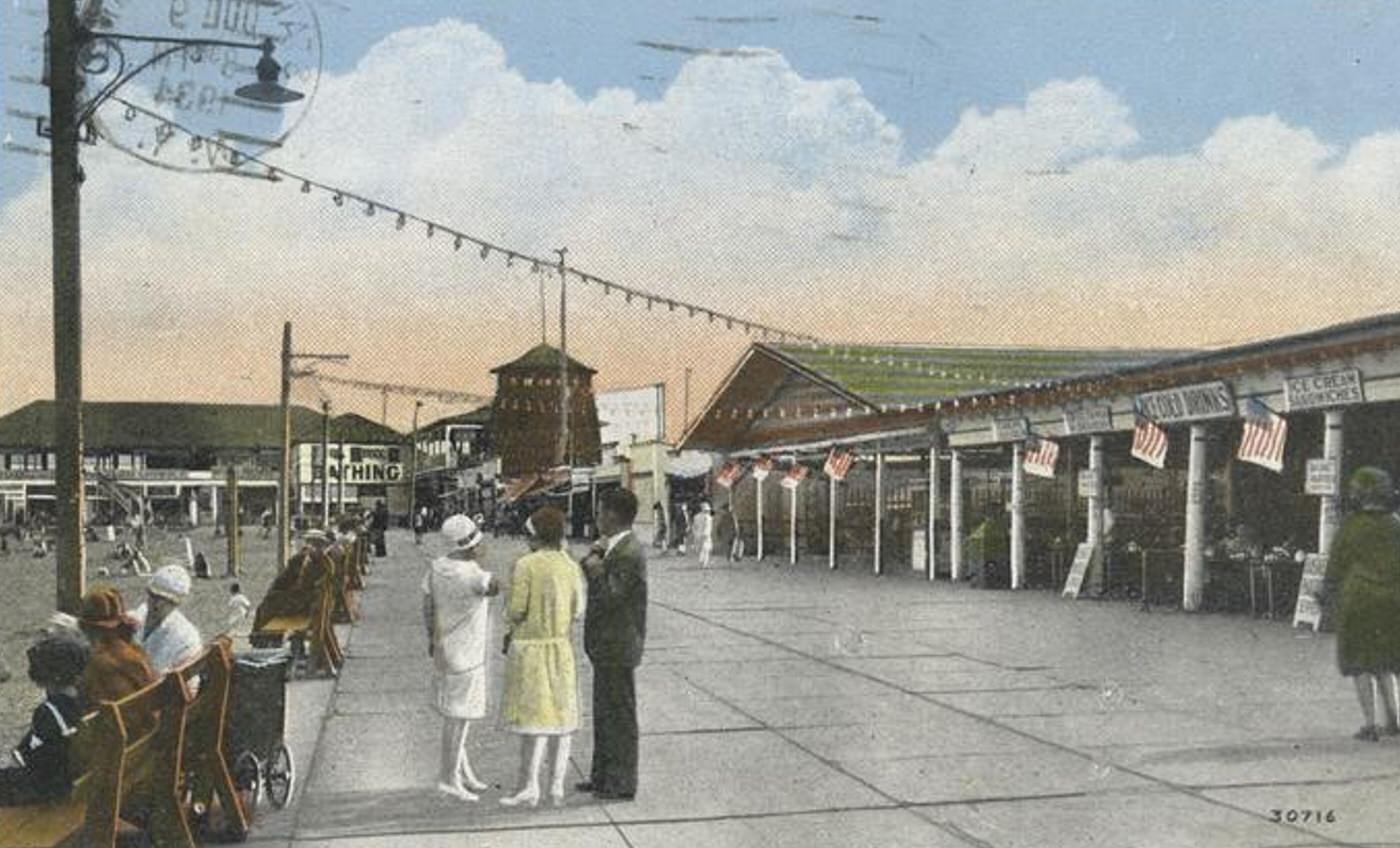
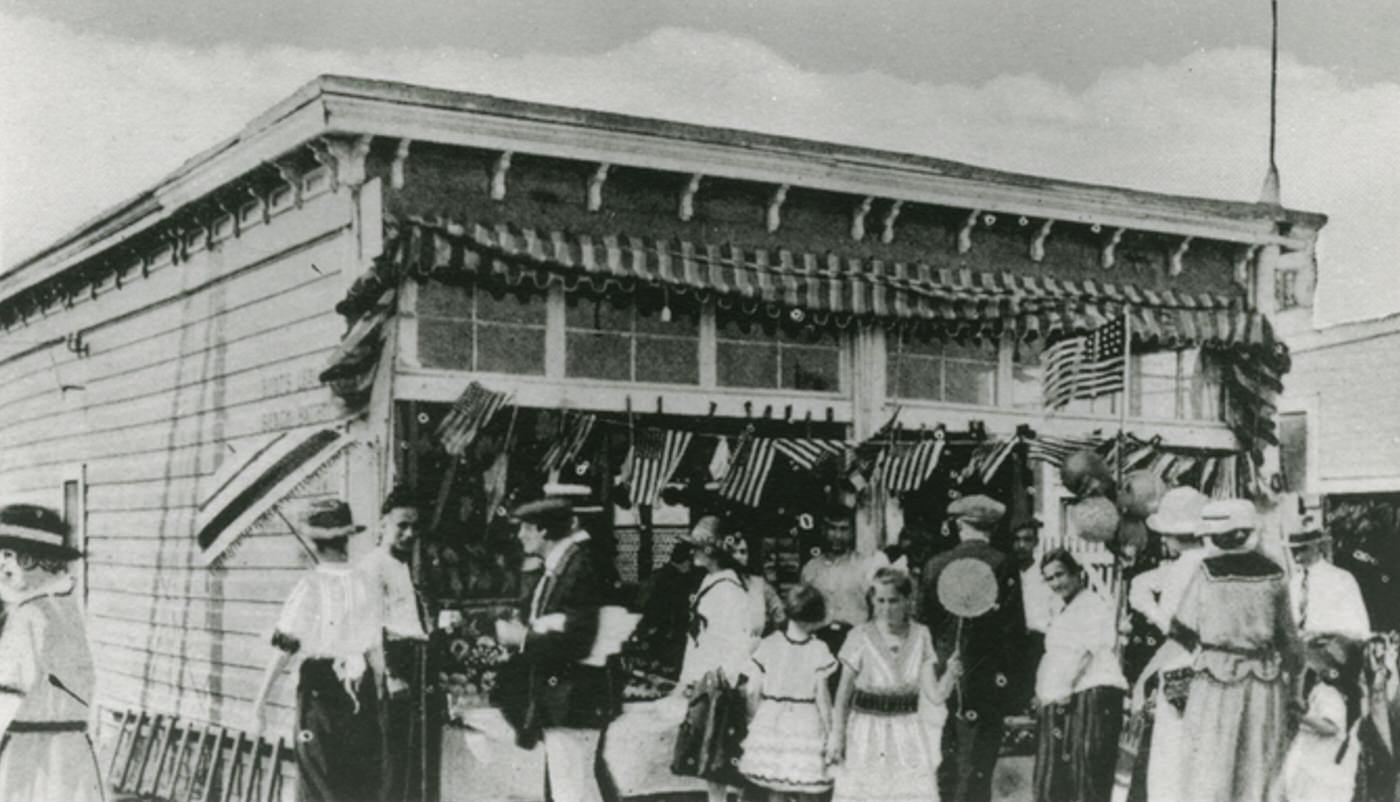
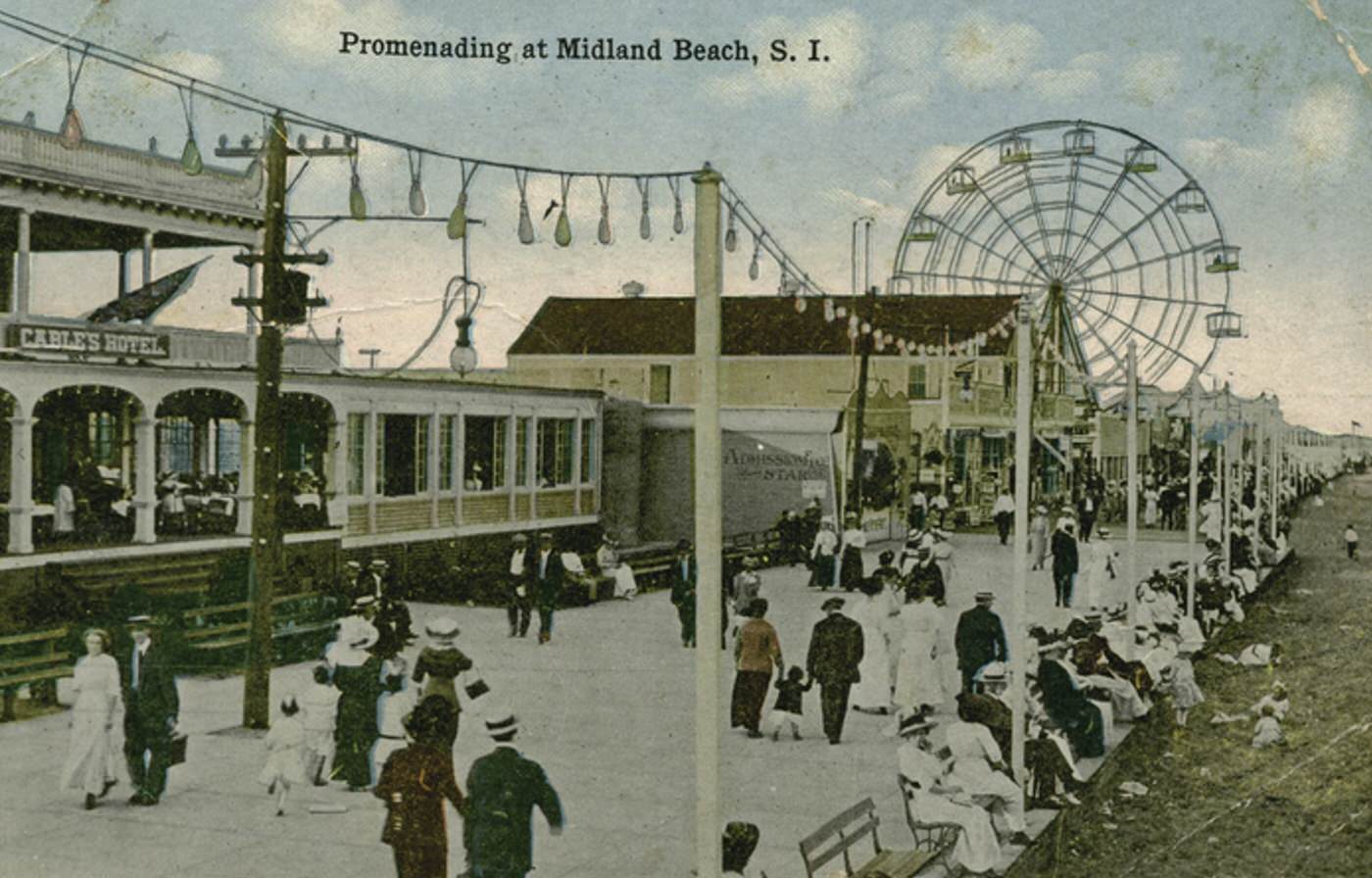
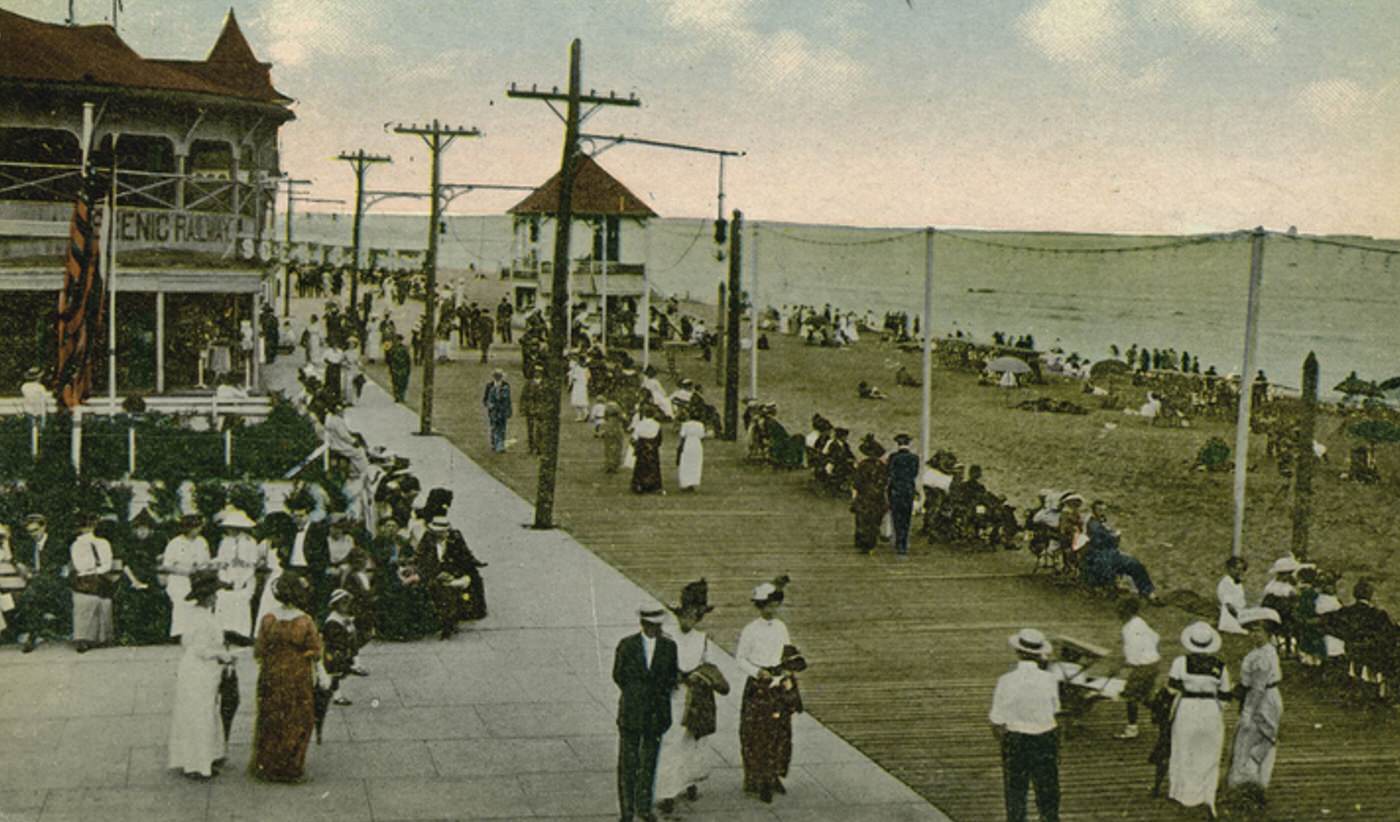

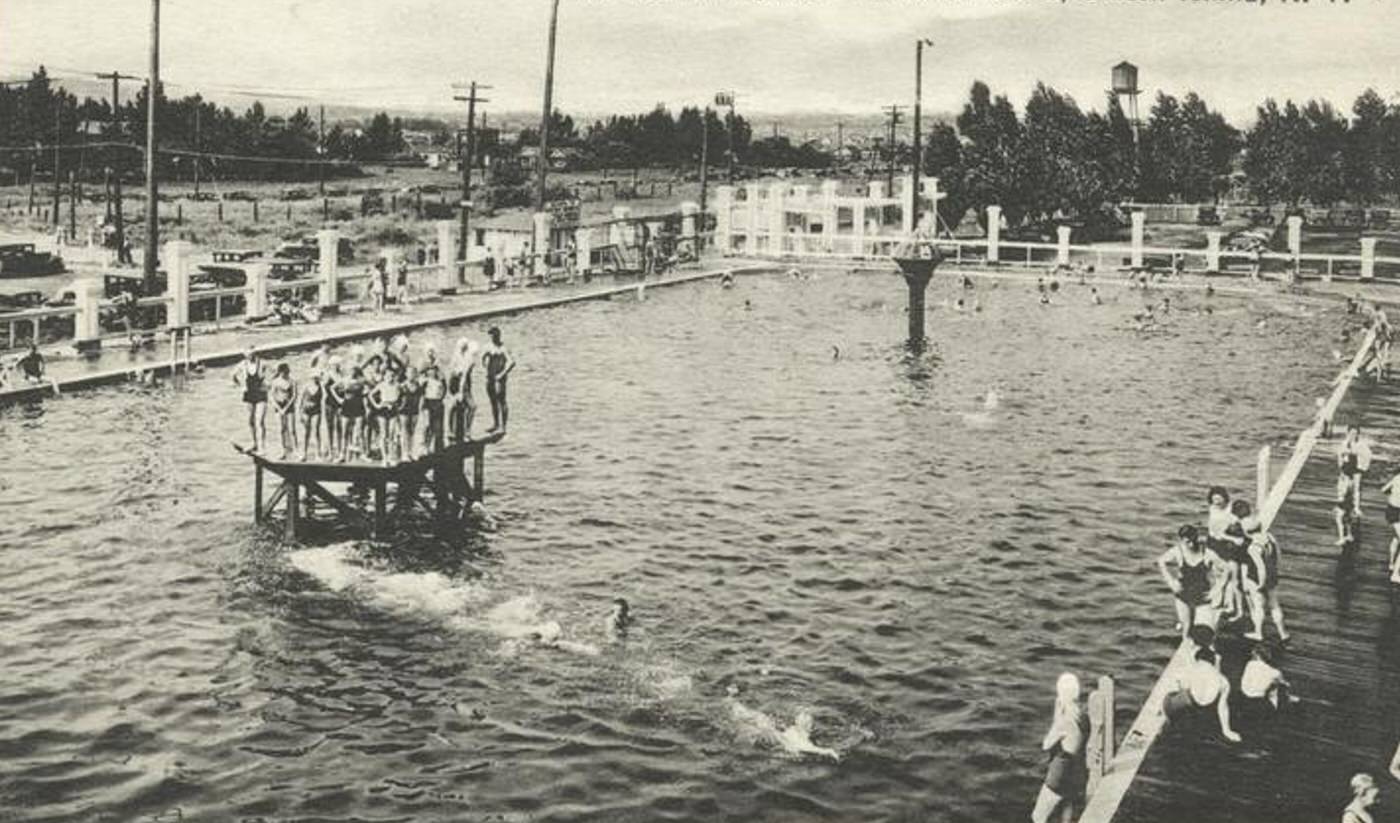
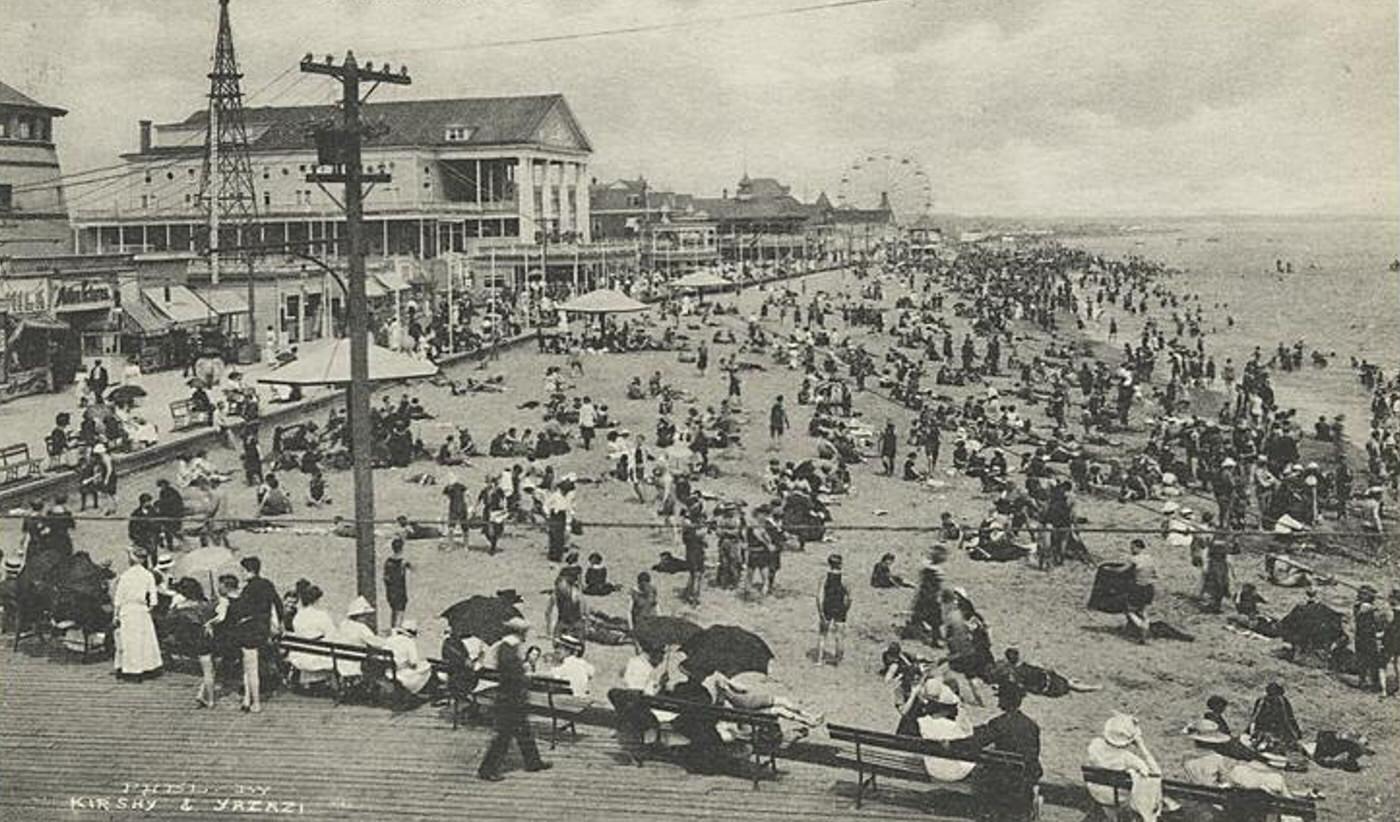

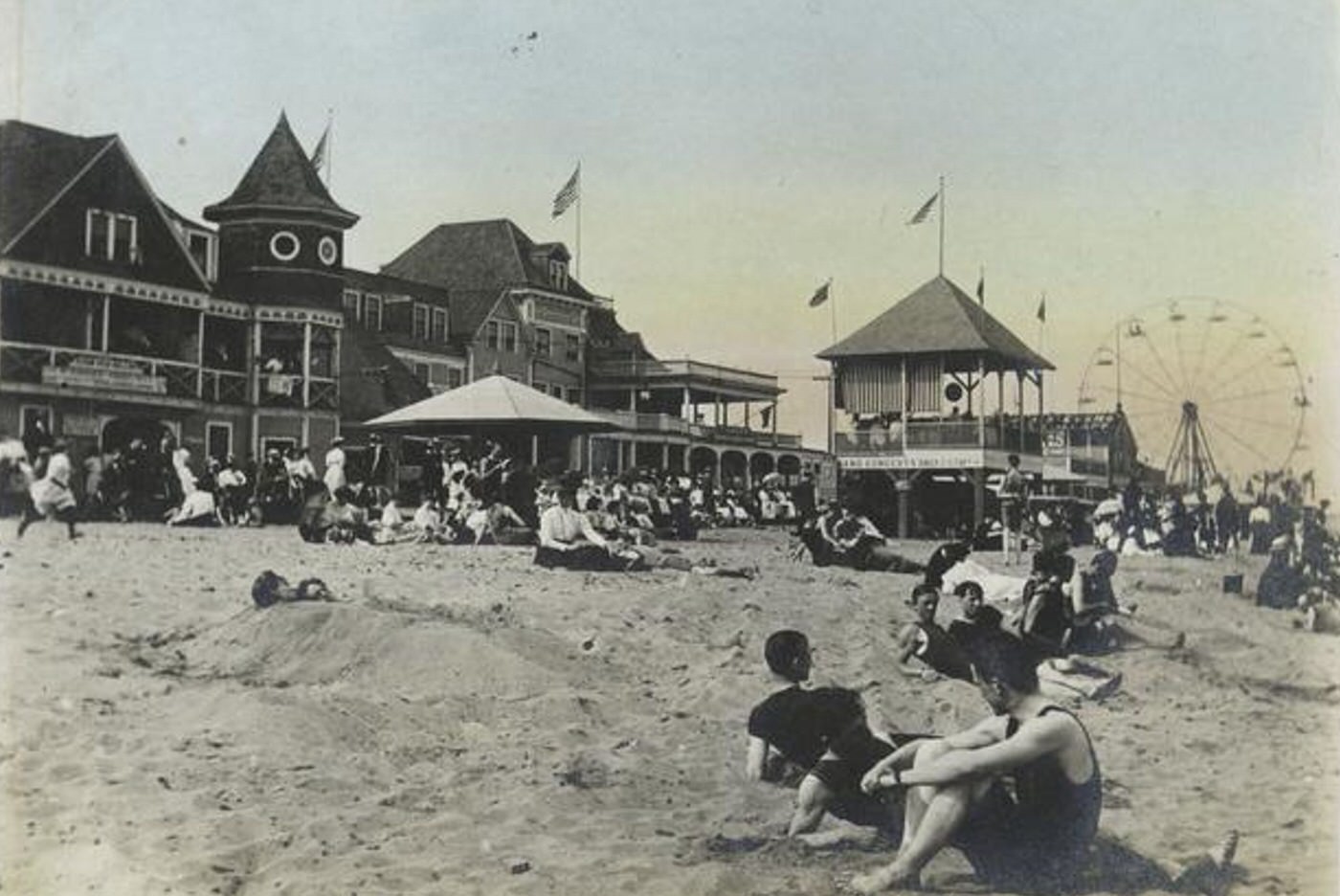
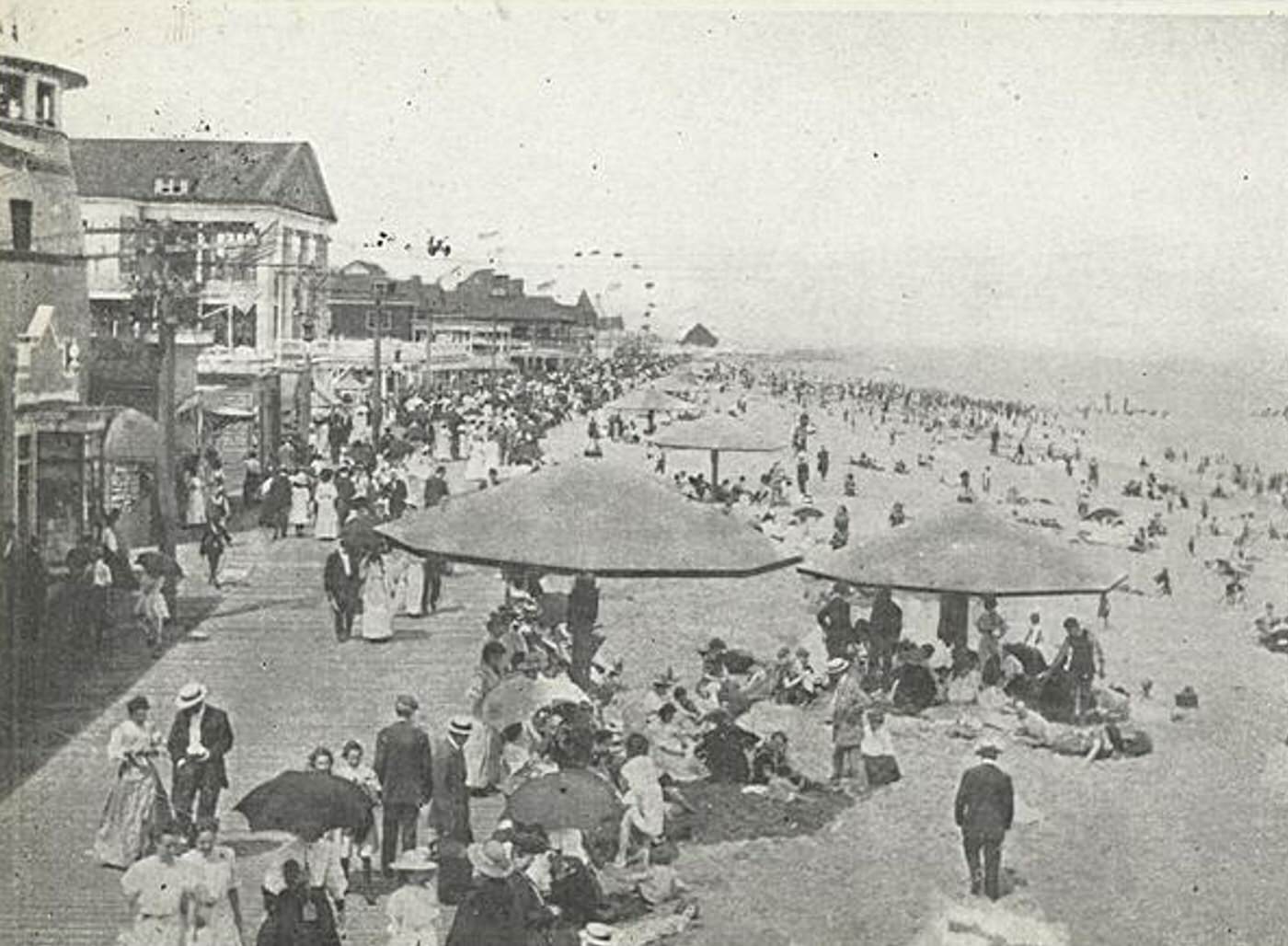

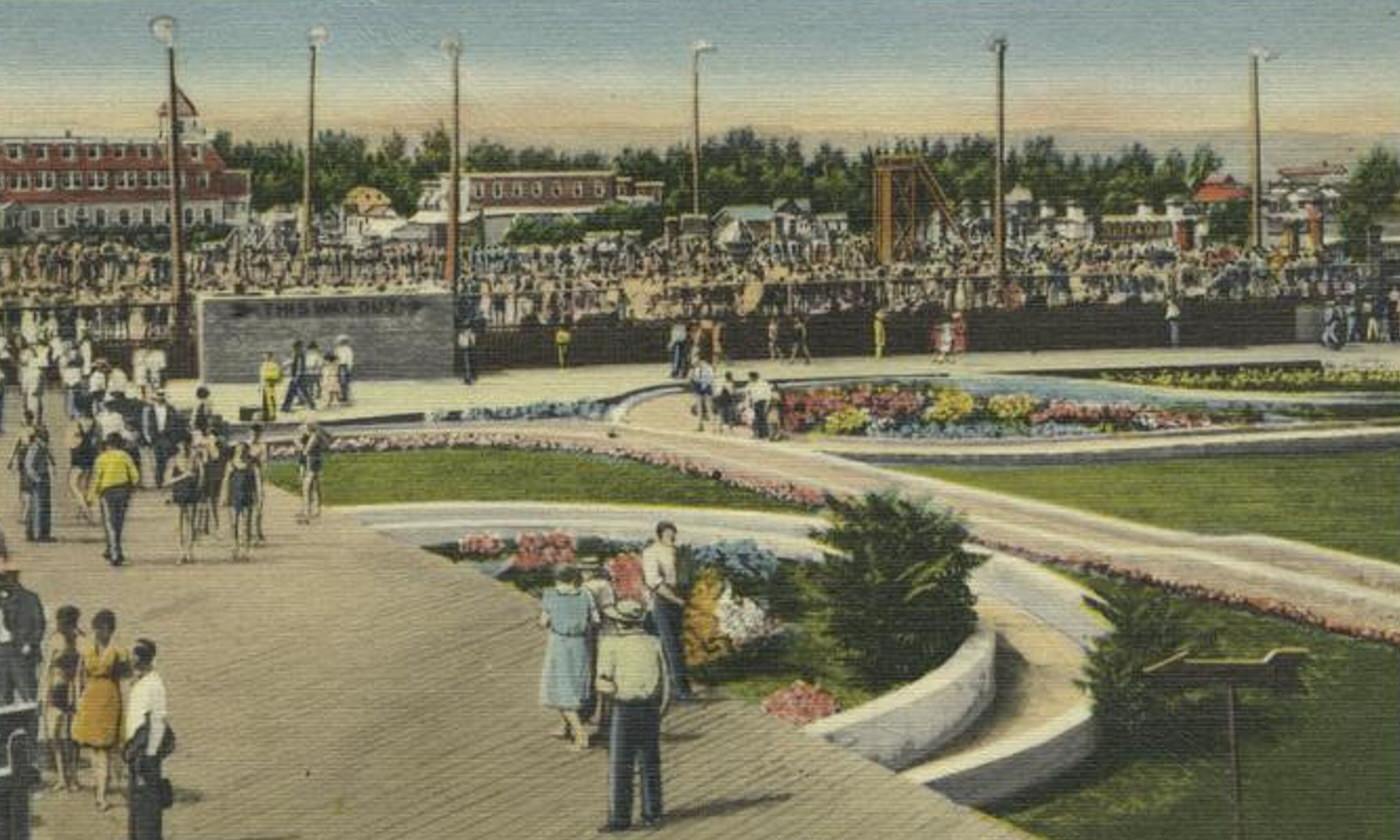



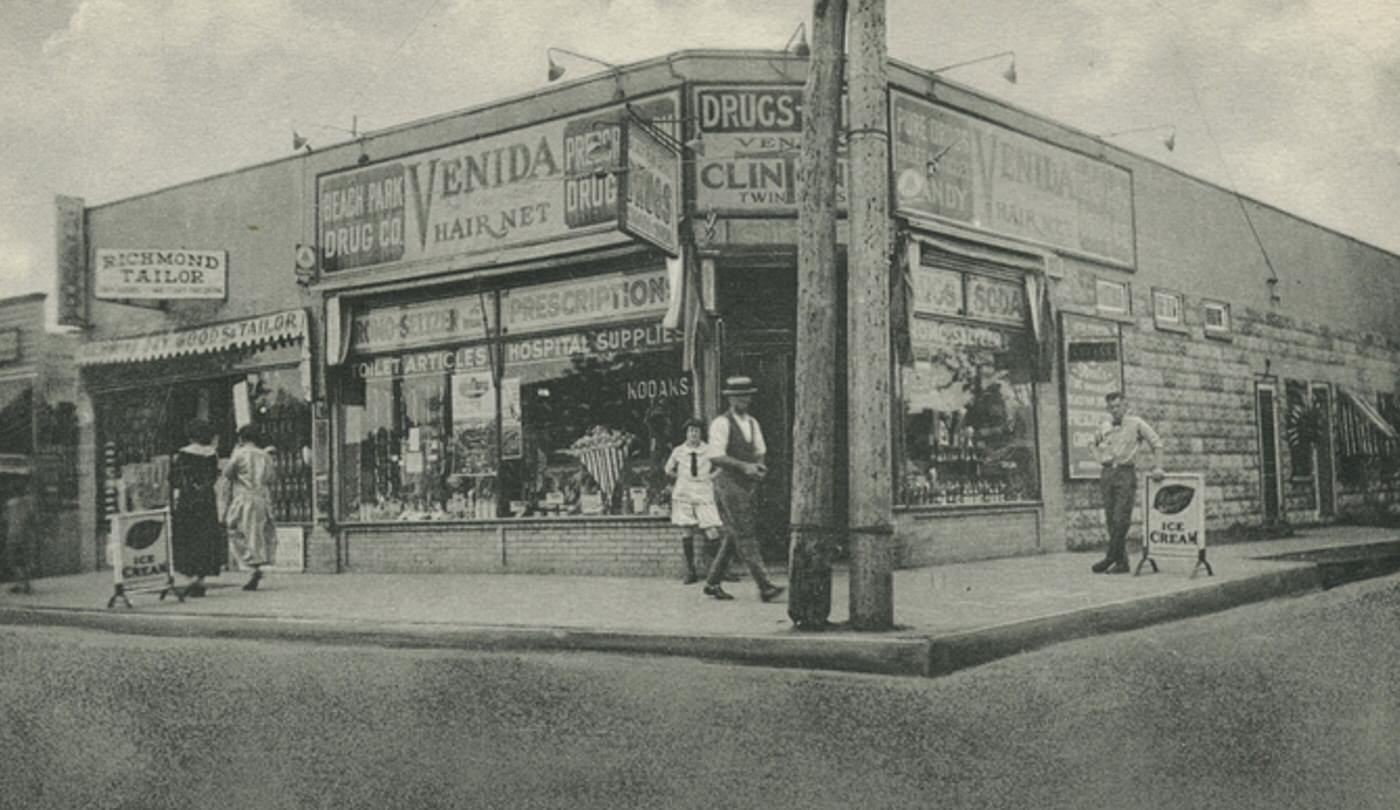
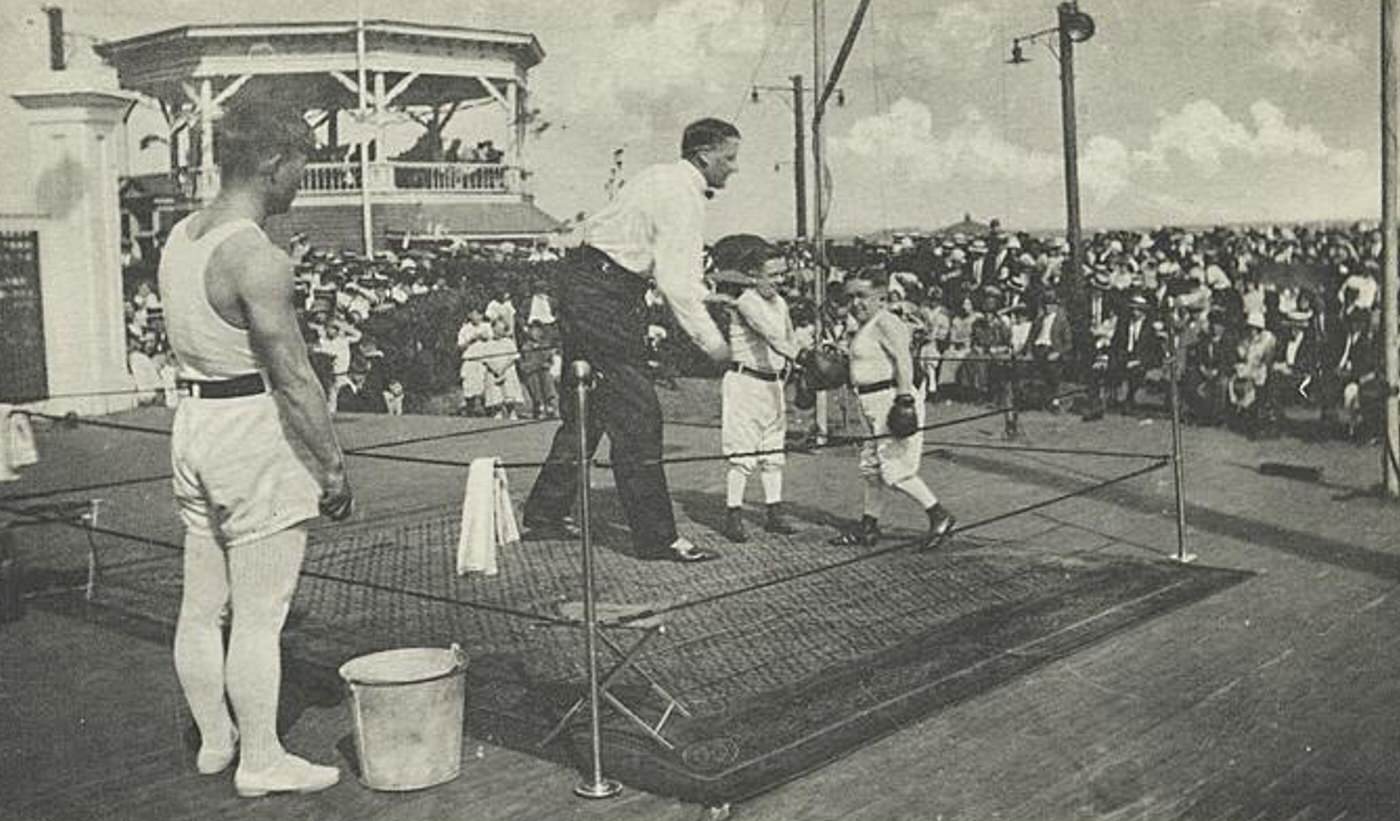
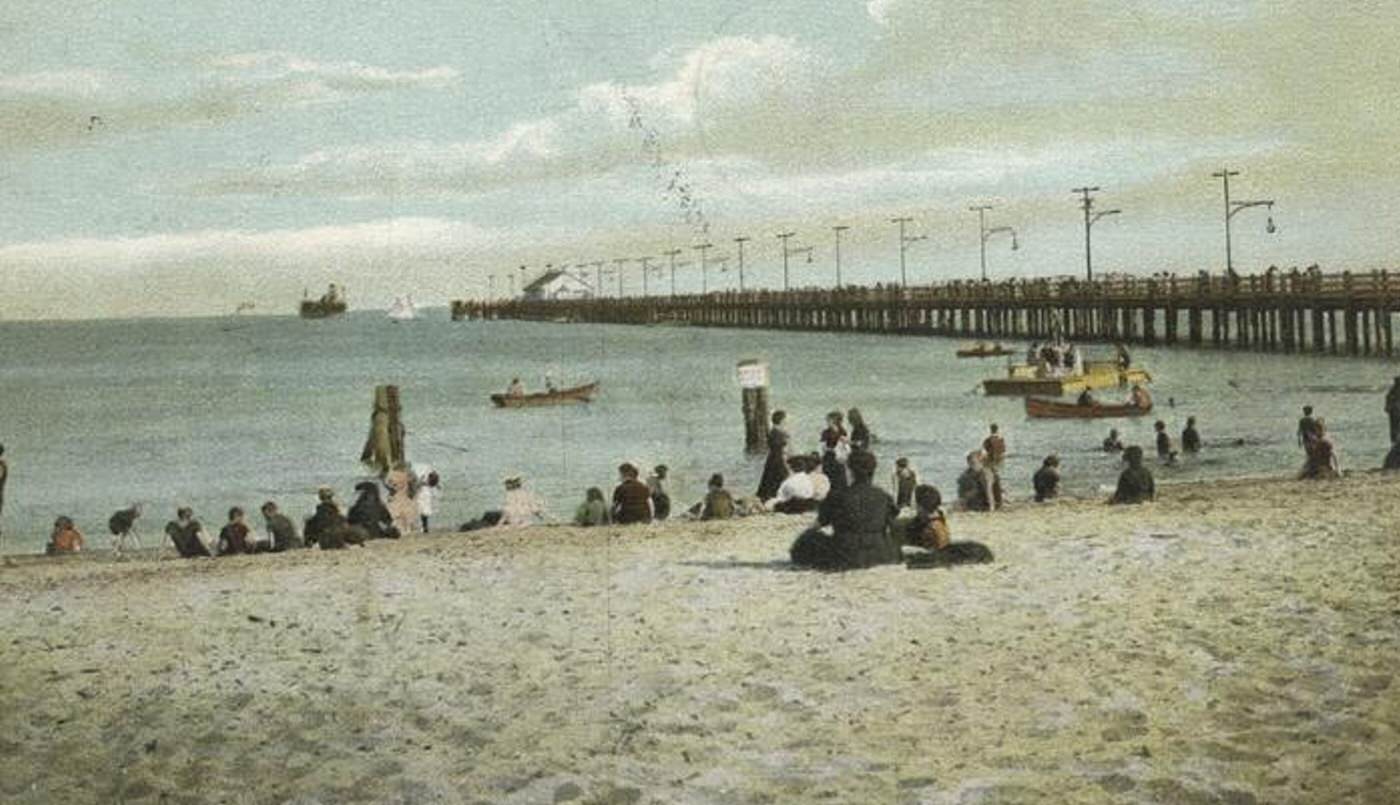

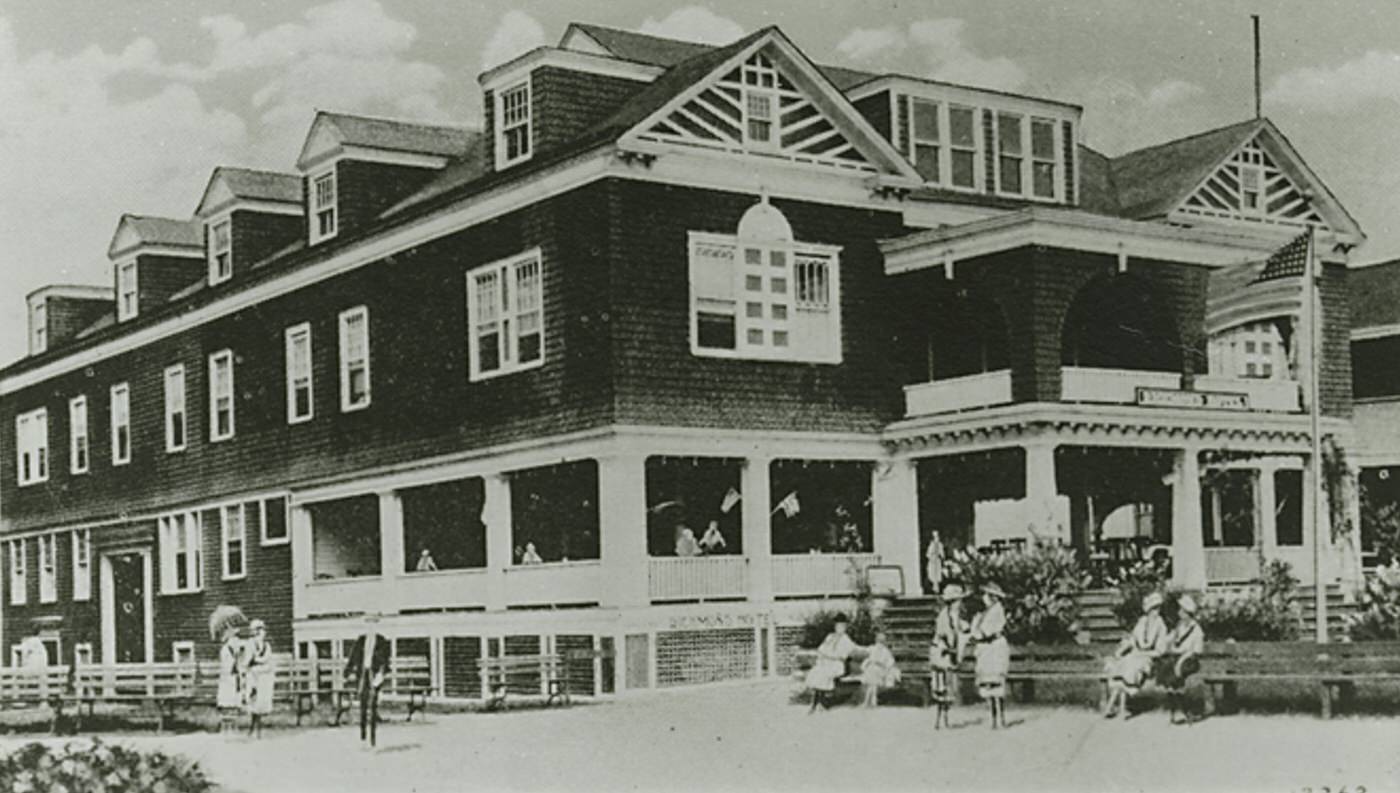

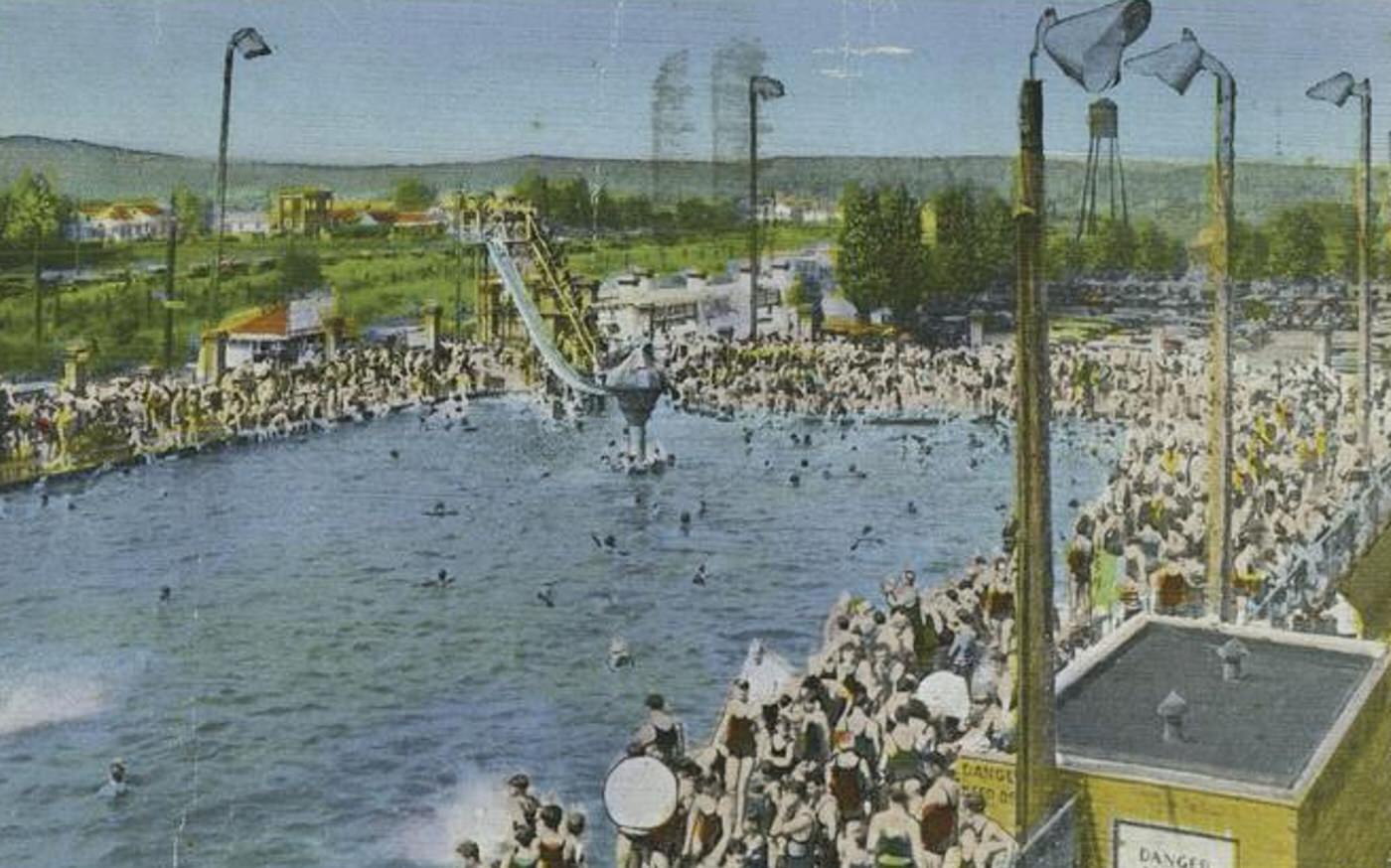

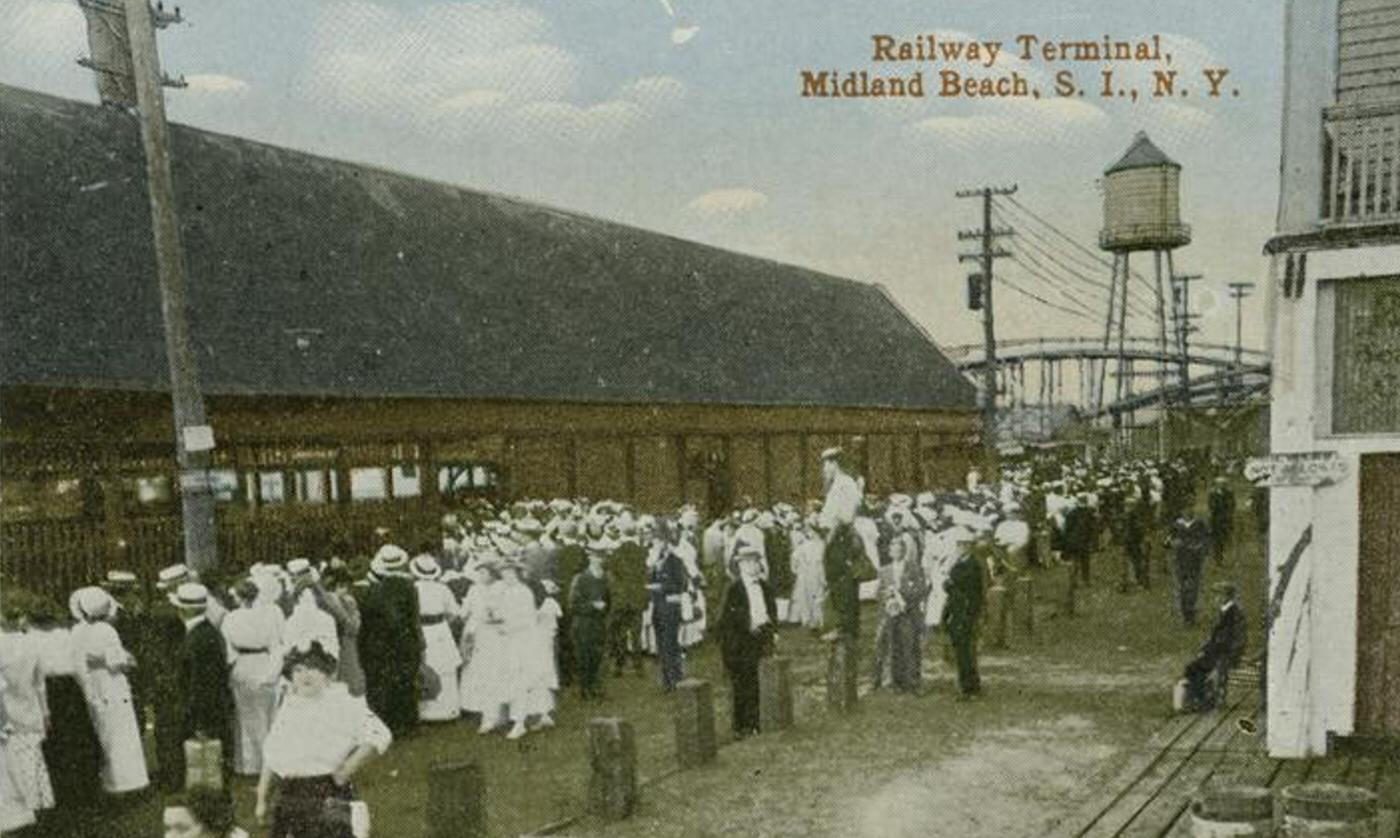



GIPHY App Key not set. Please check settings